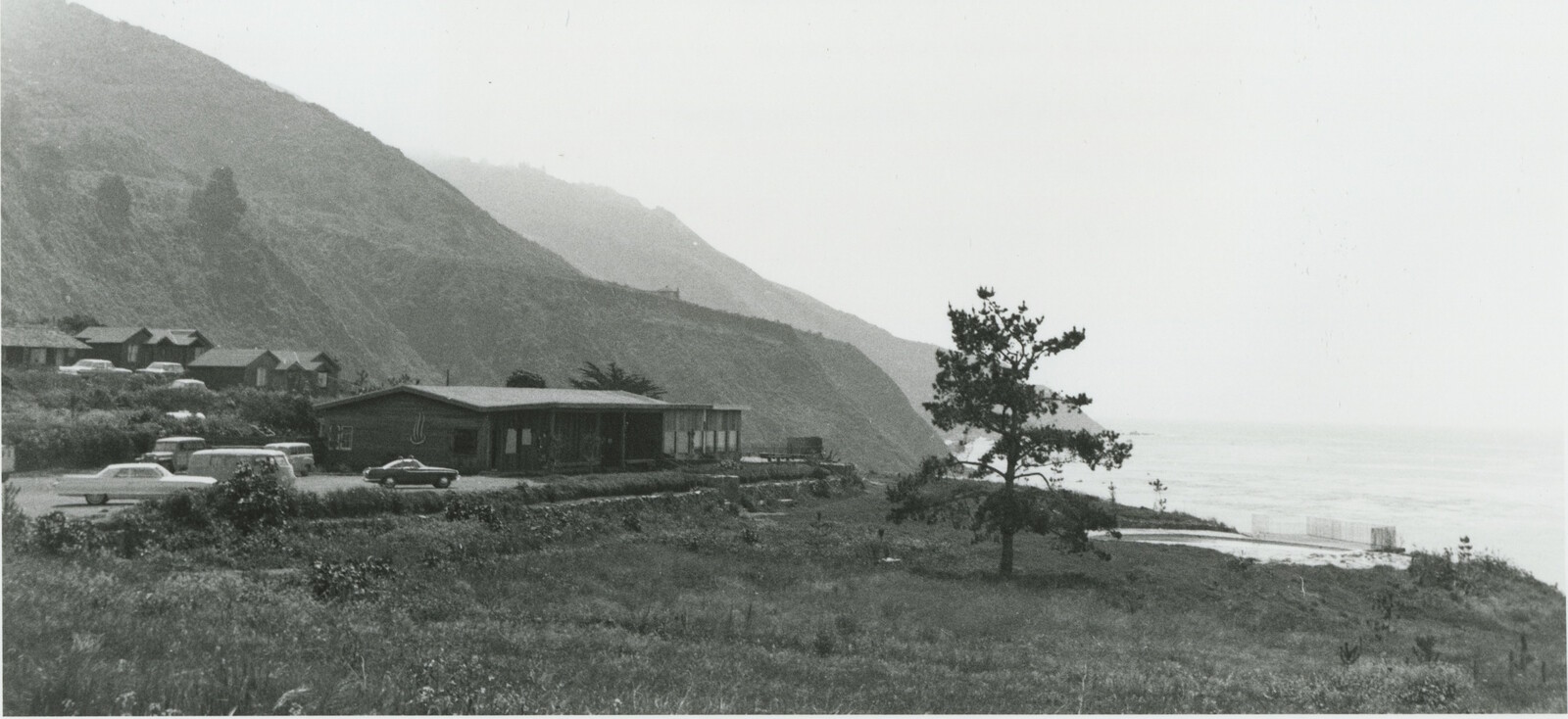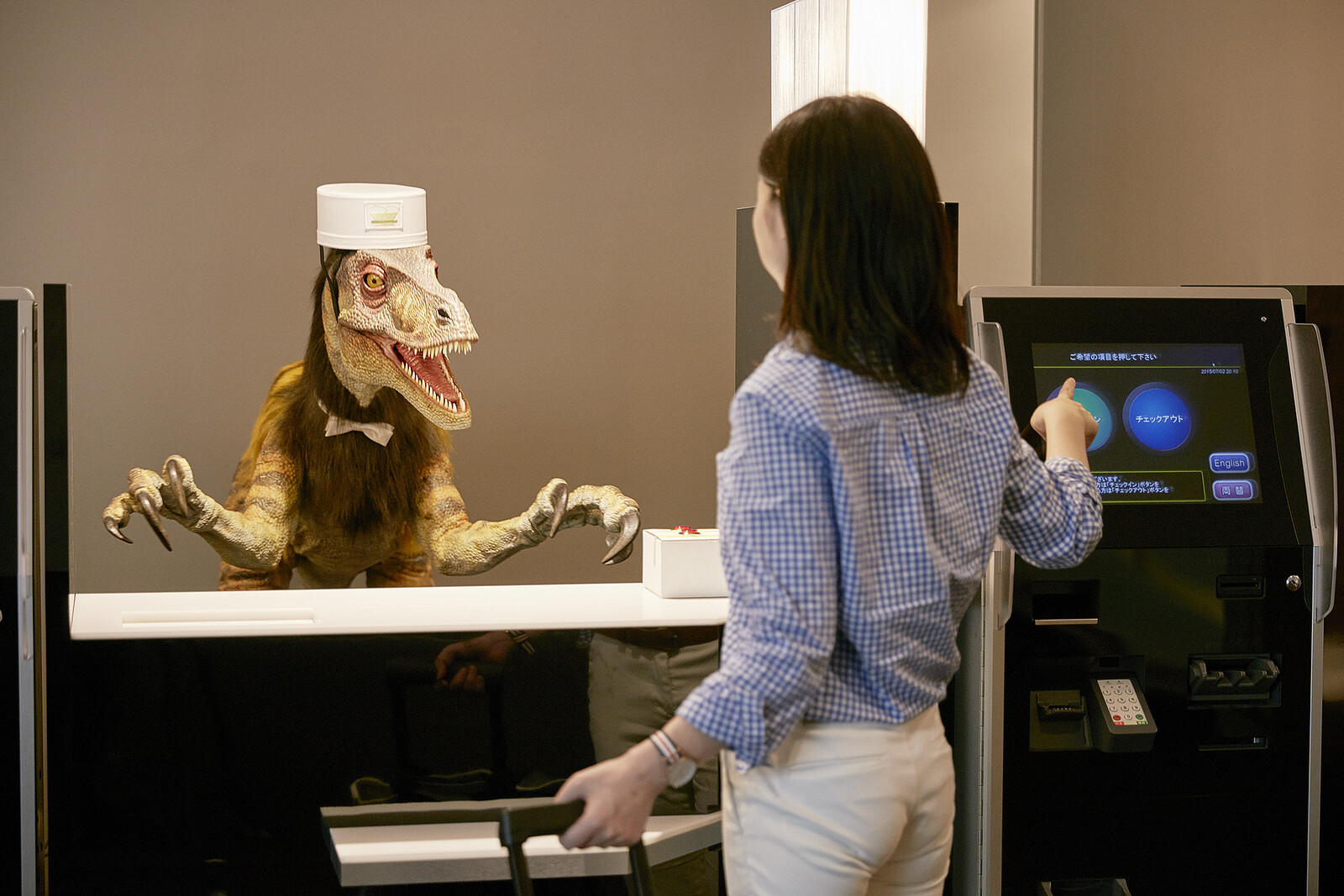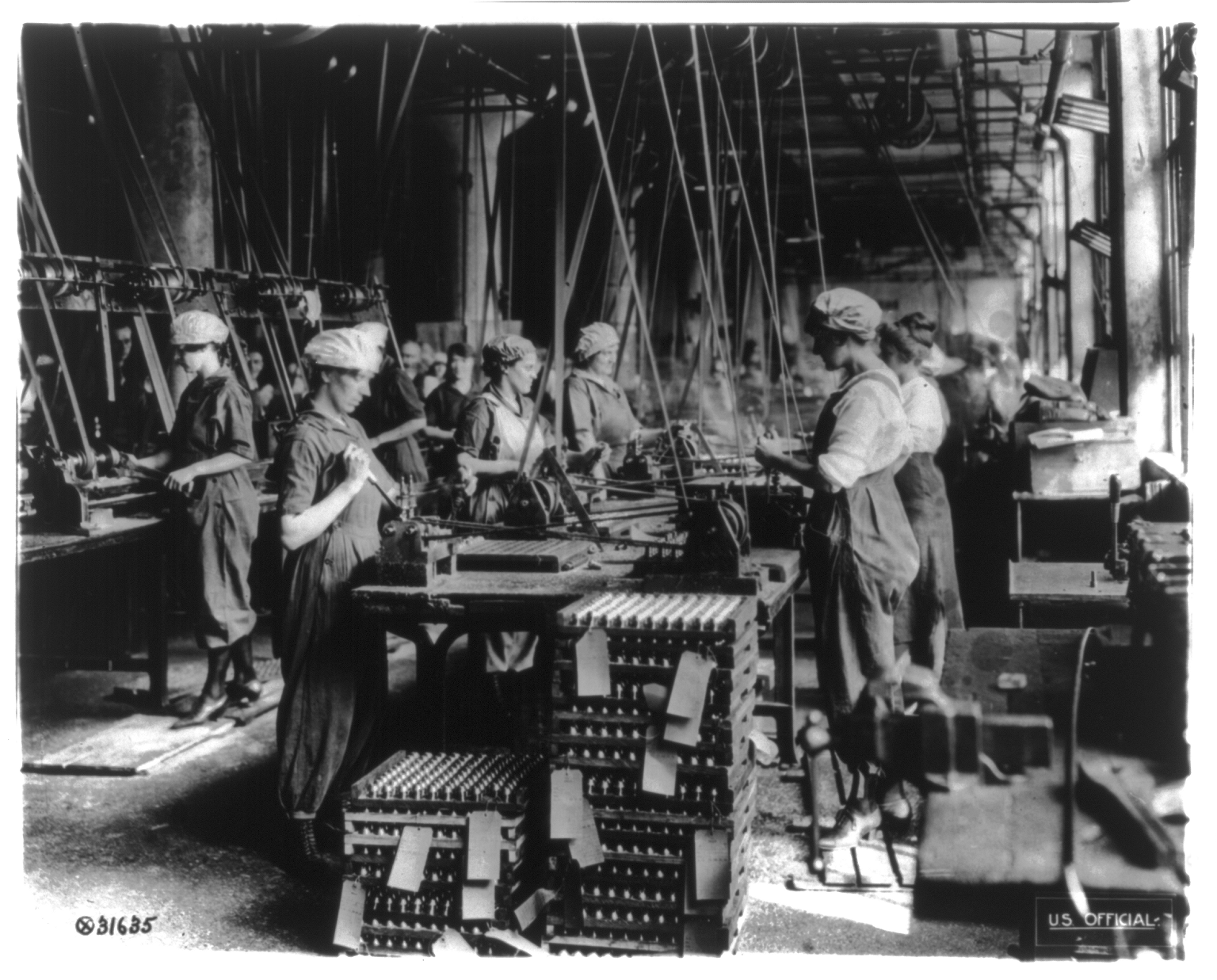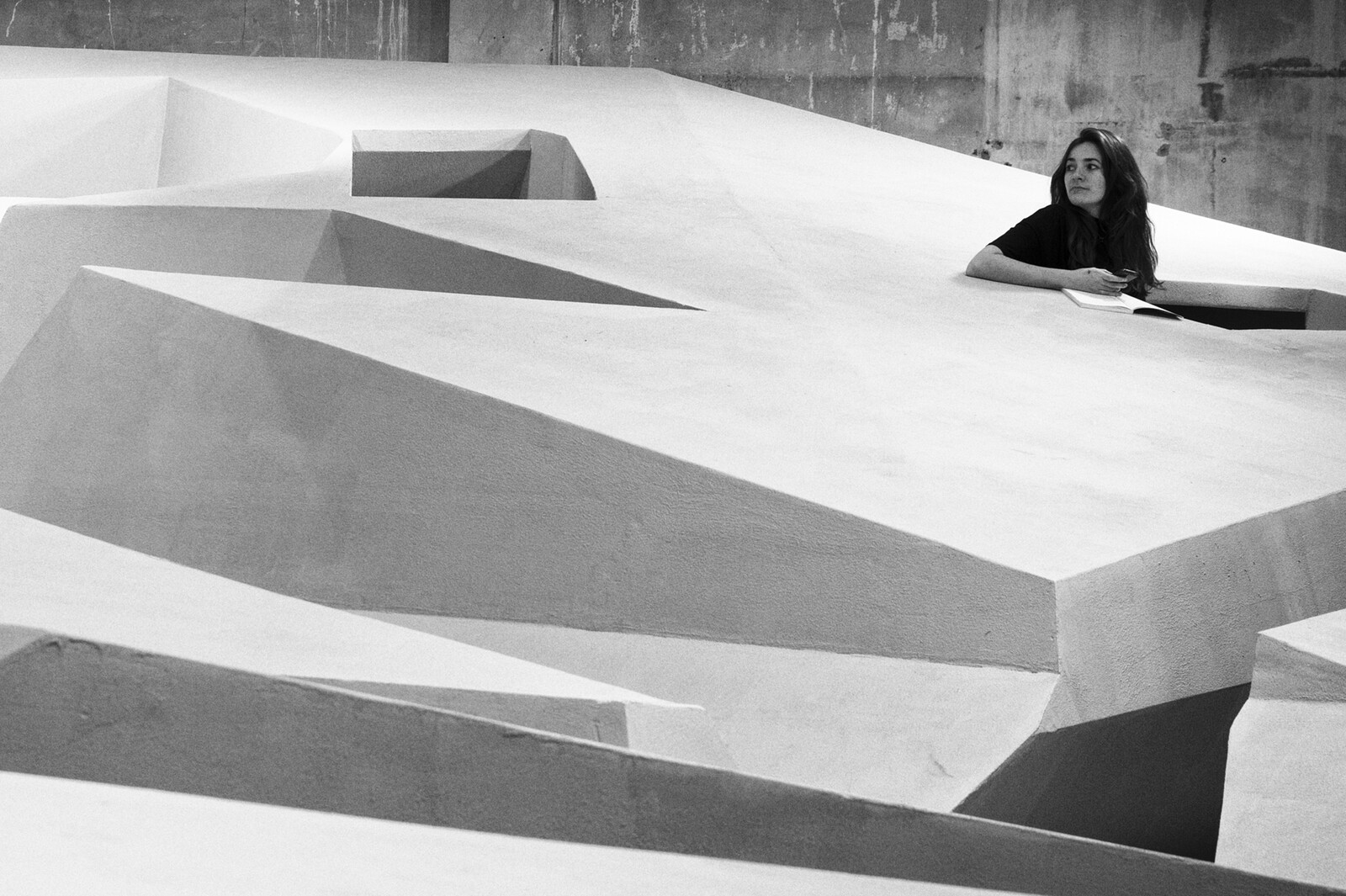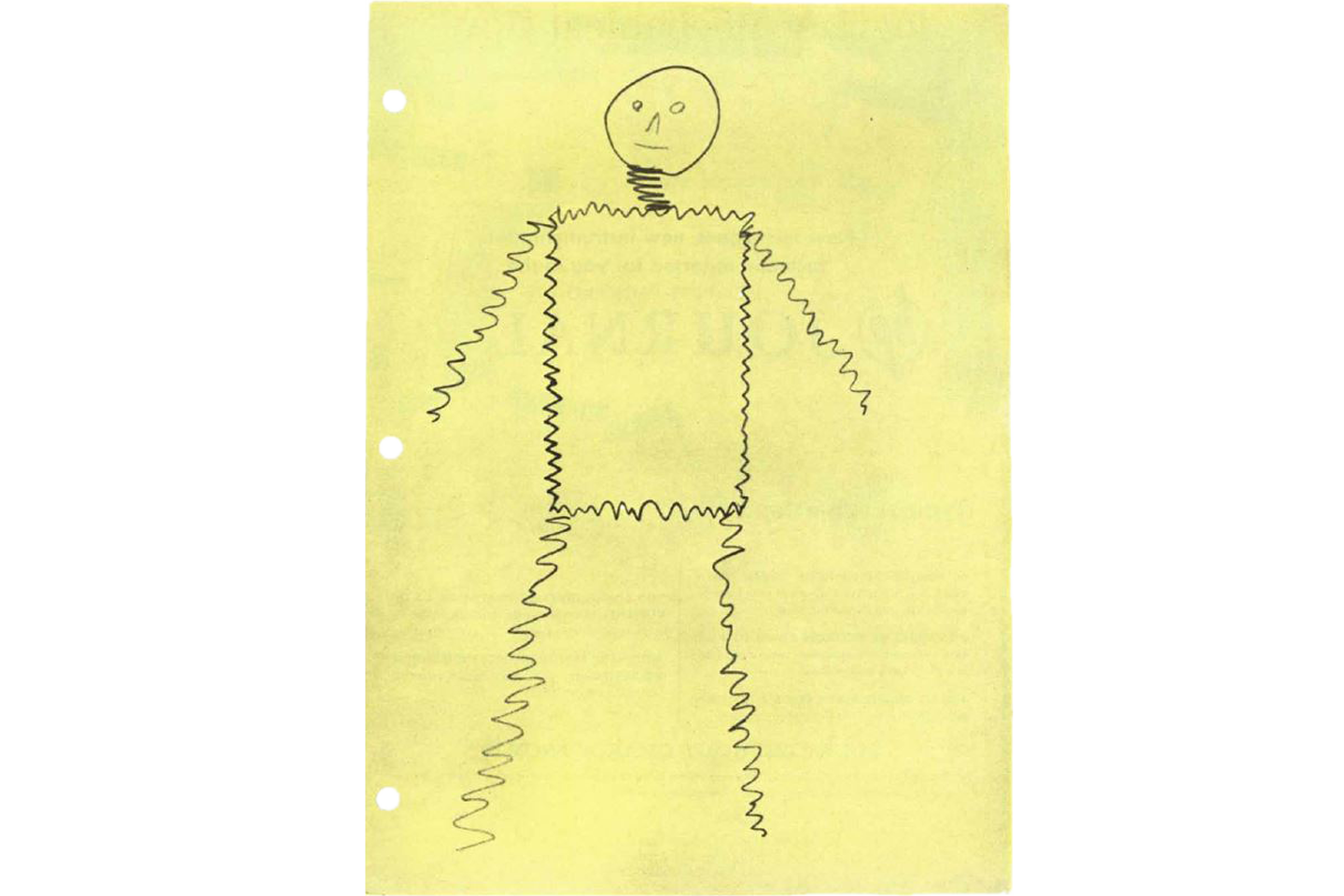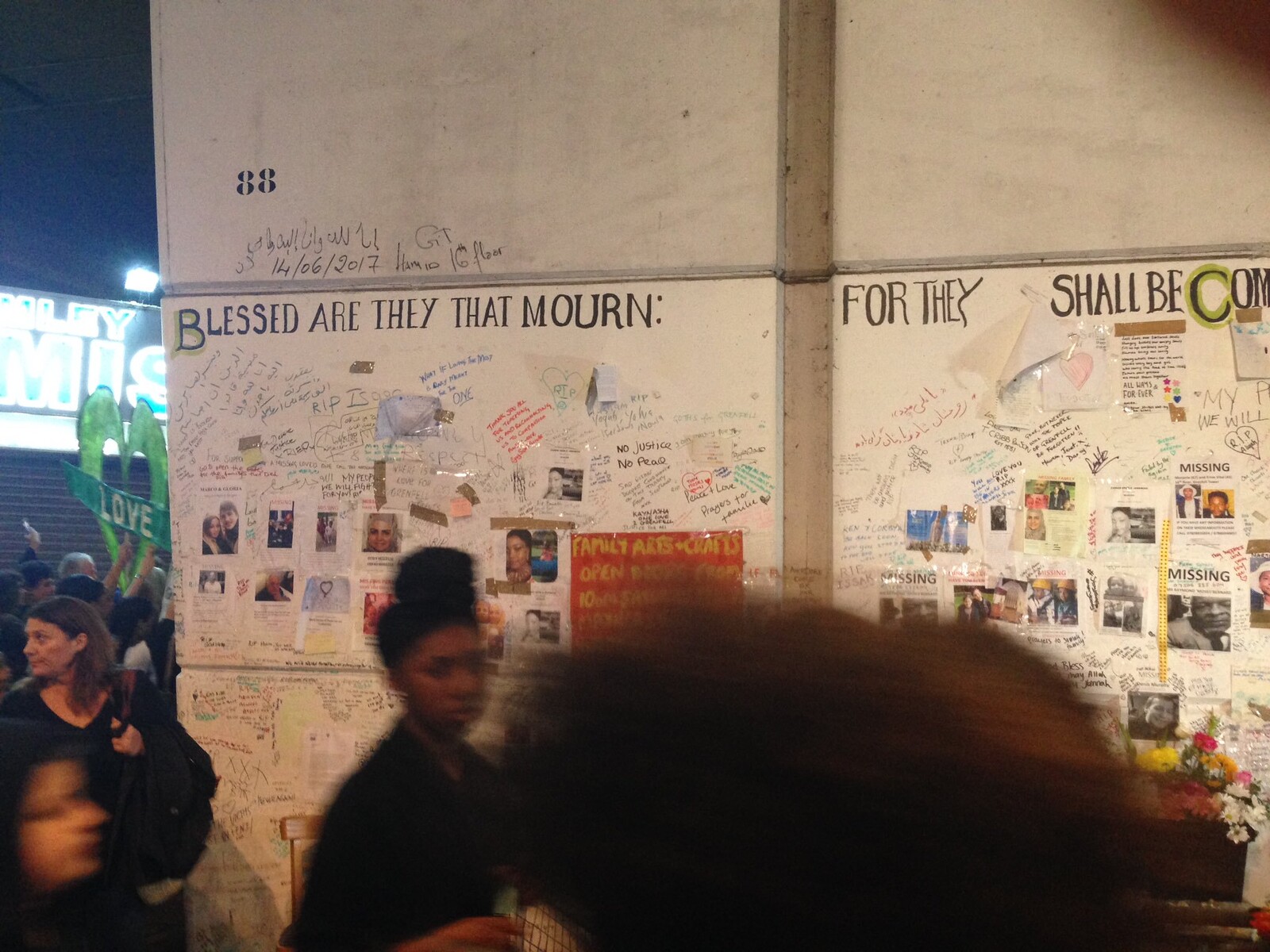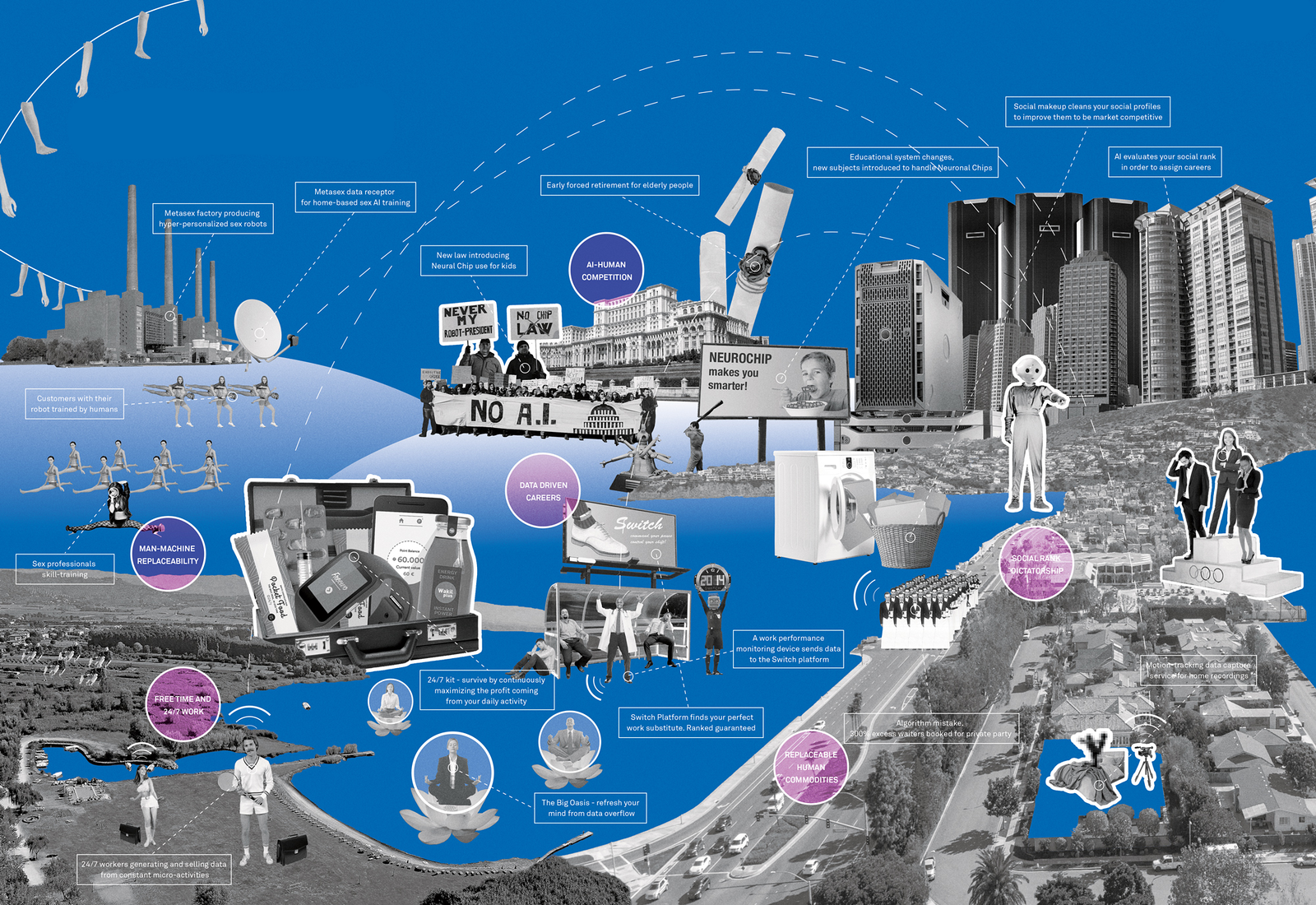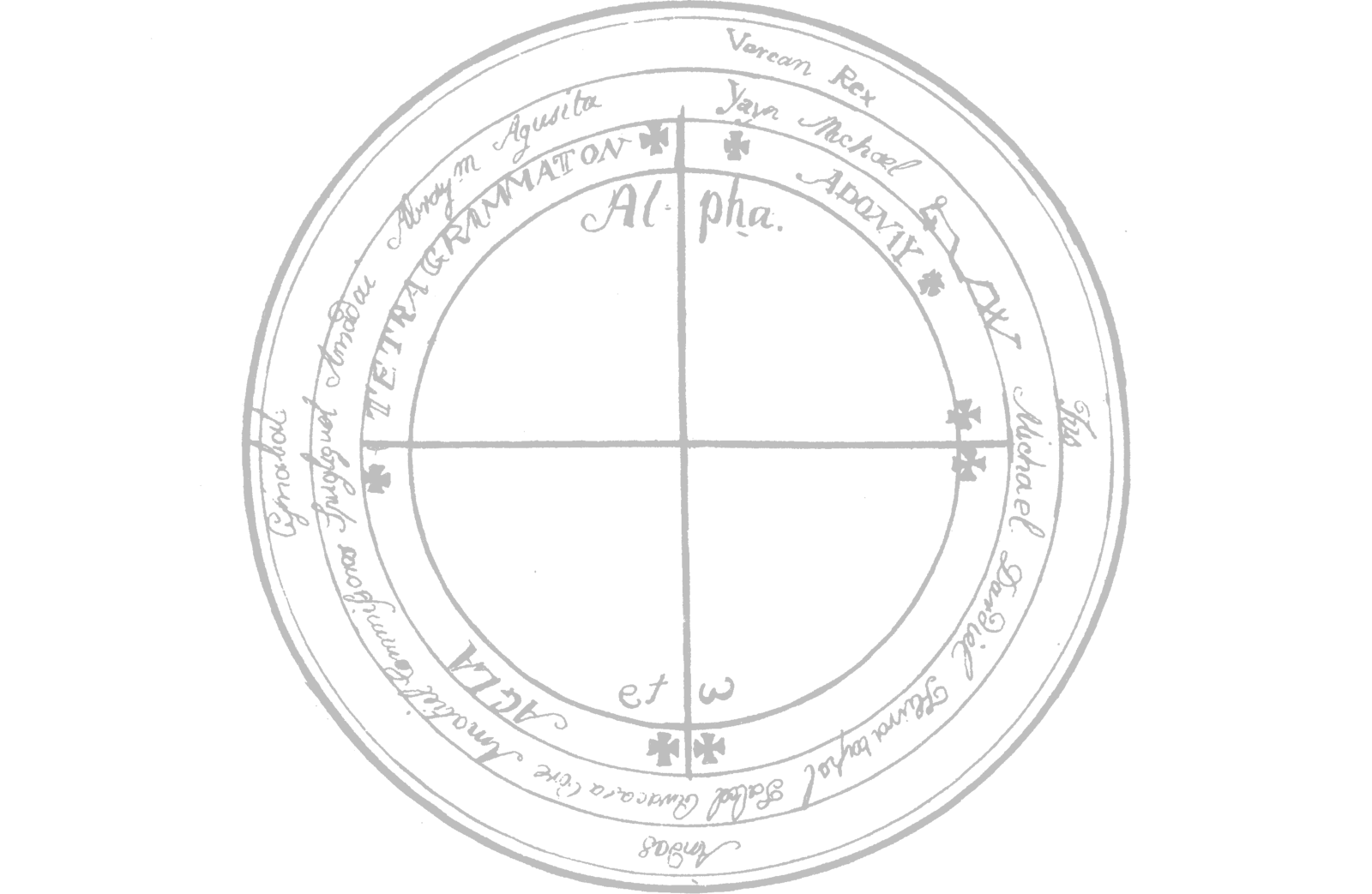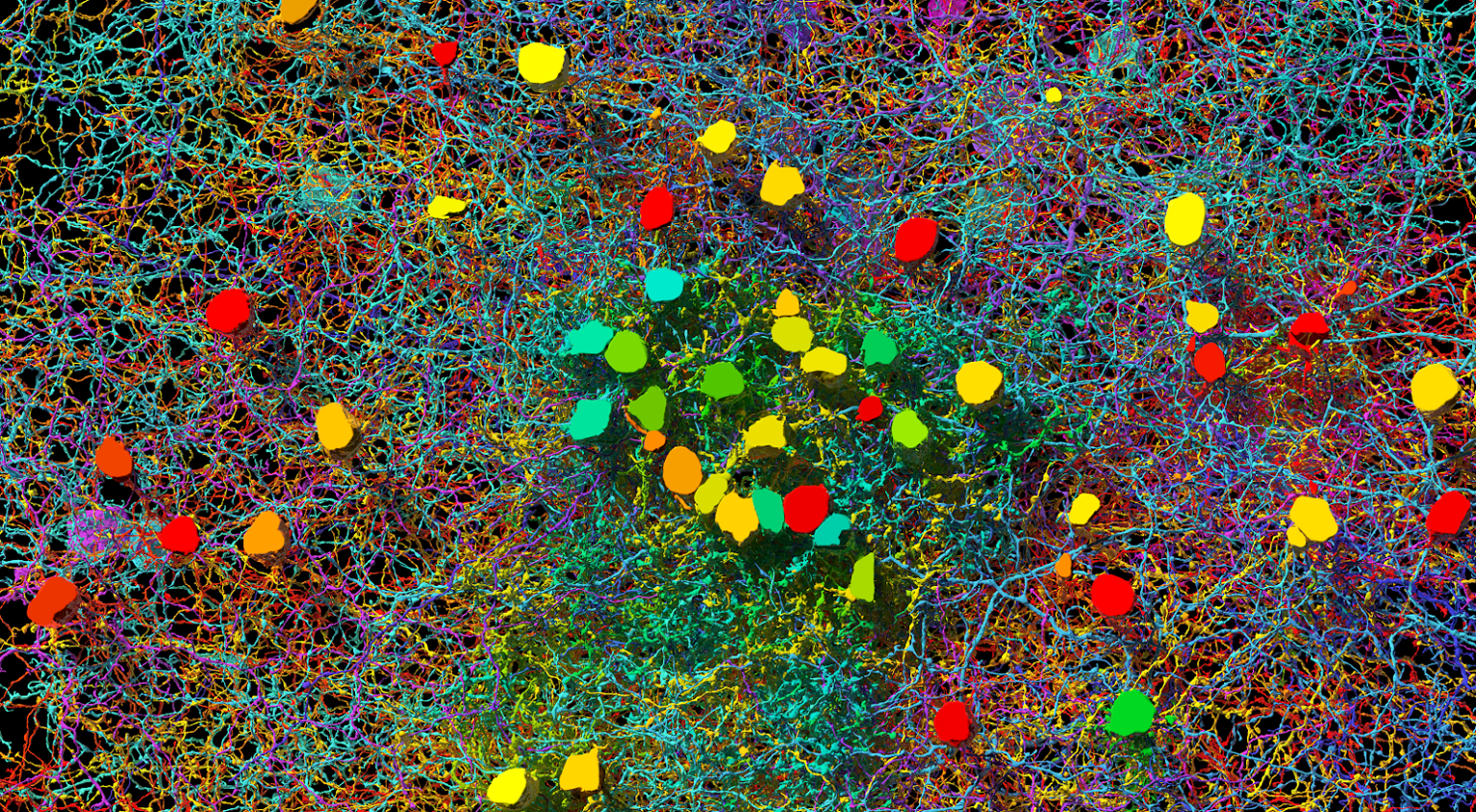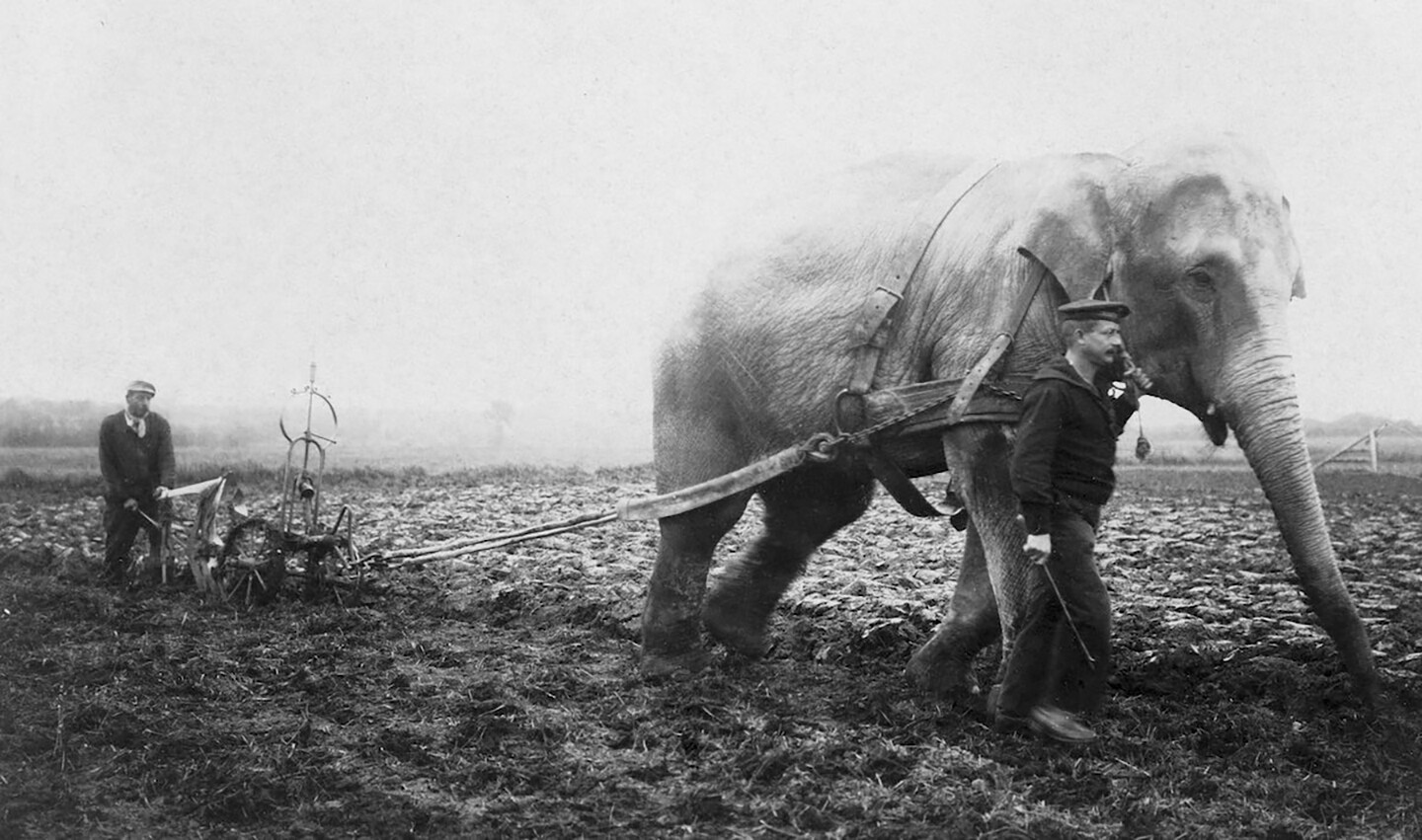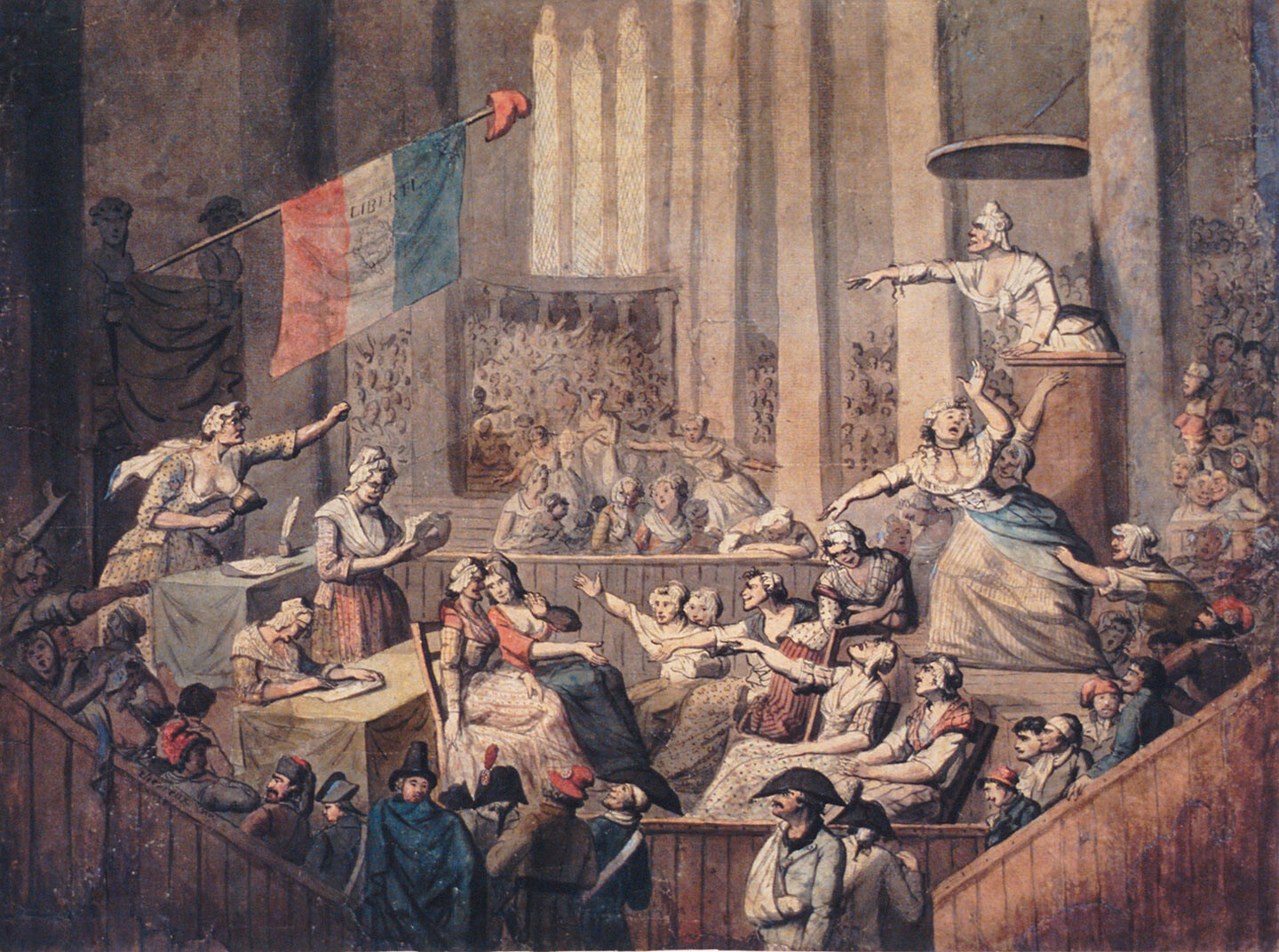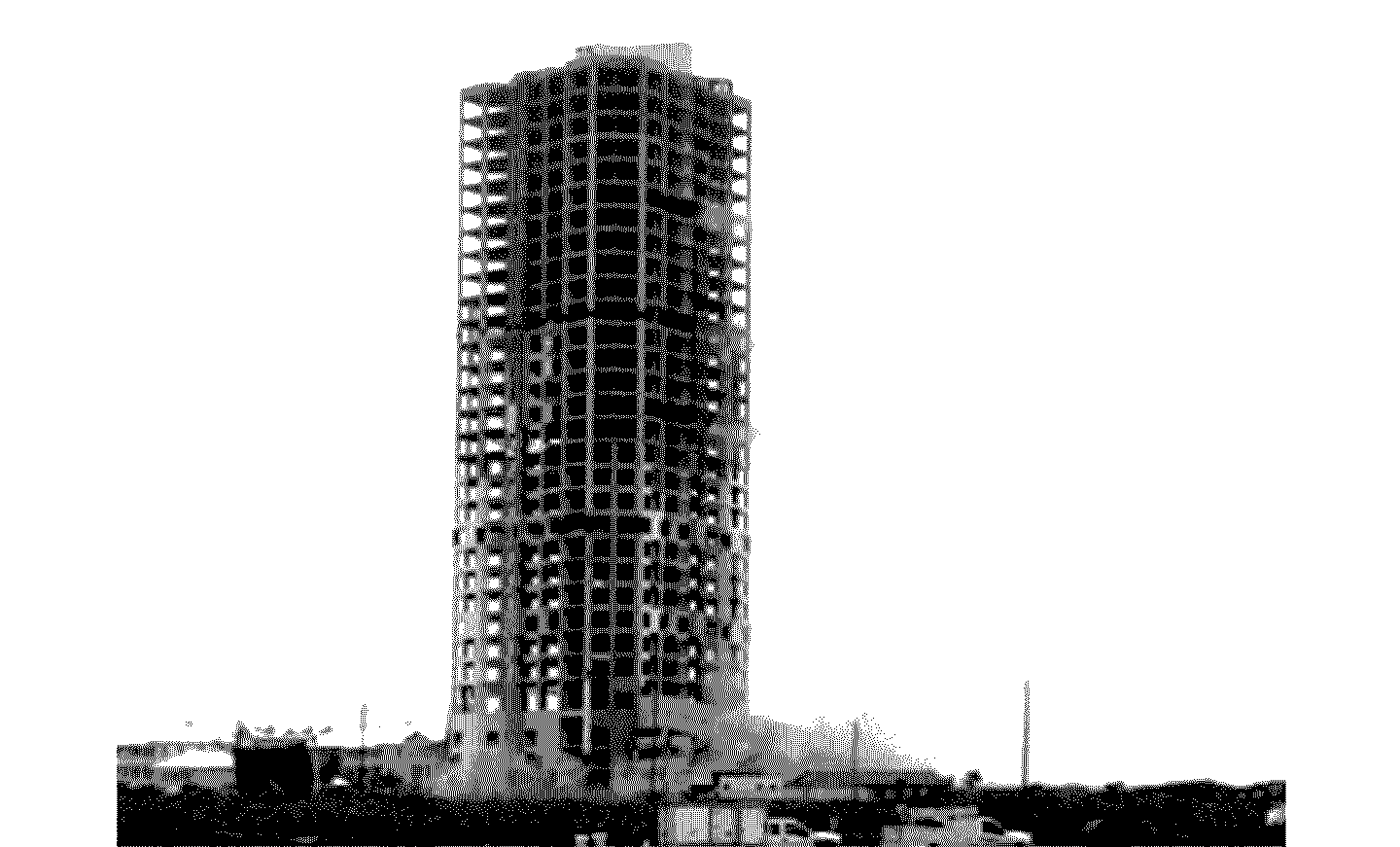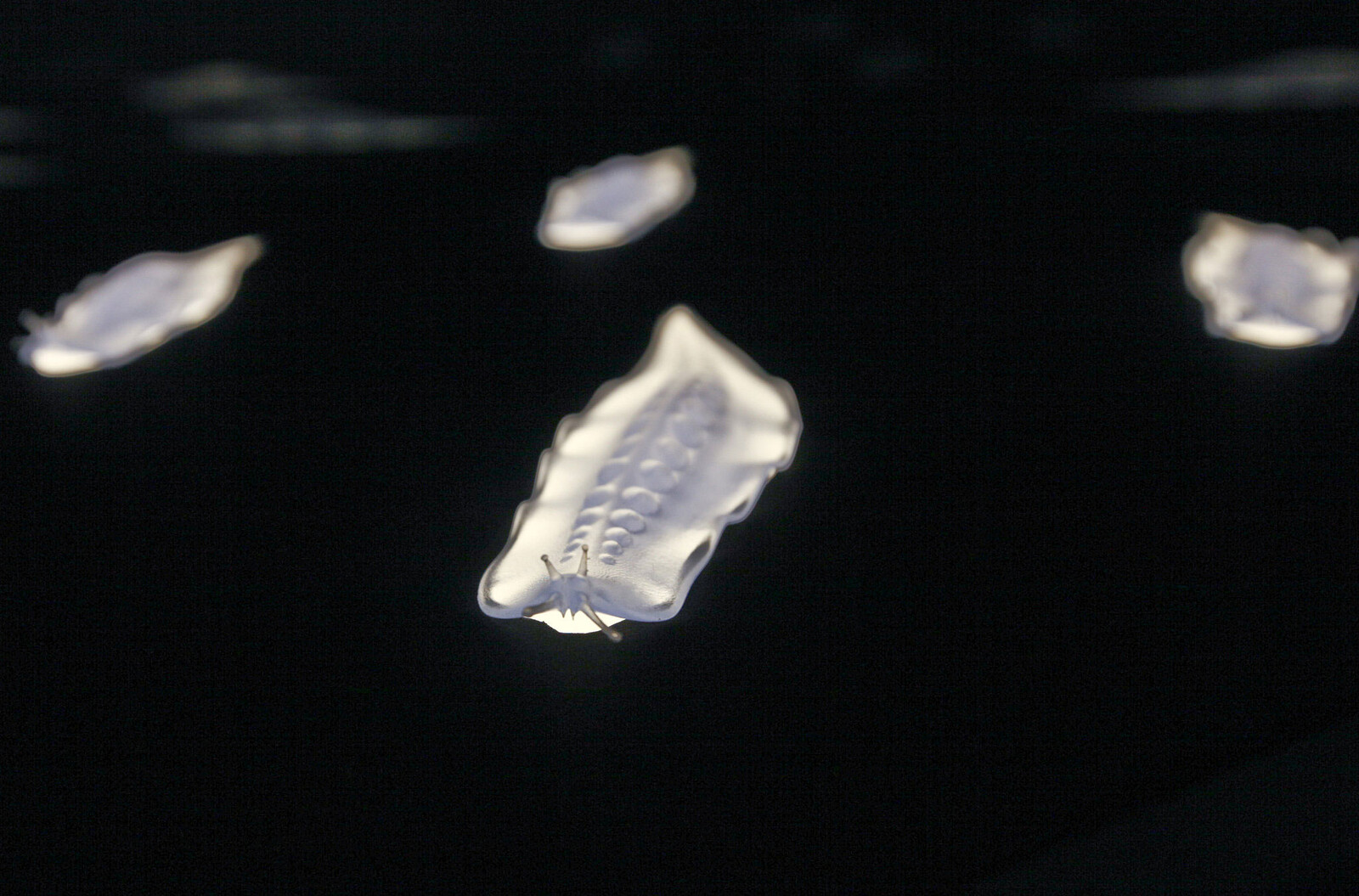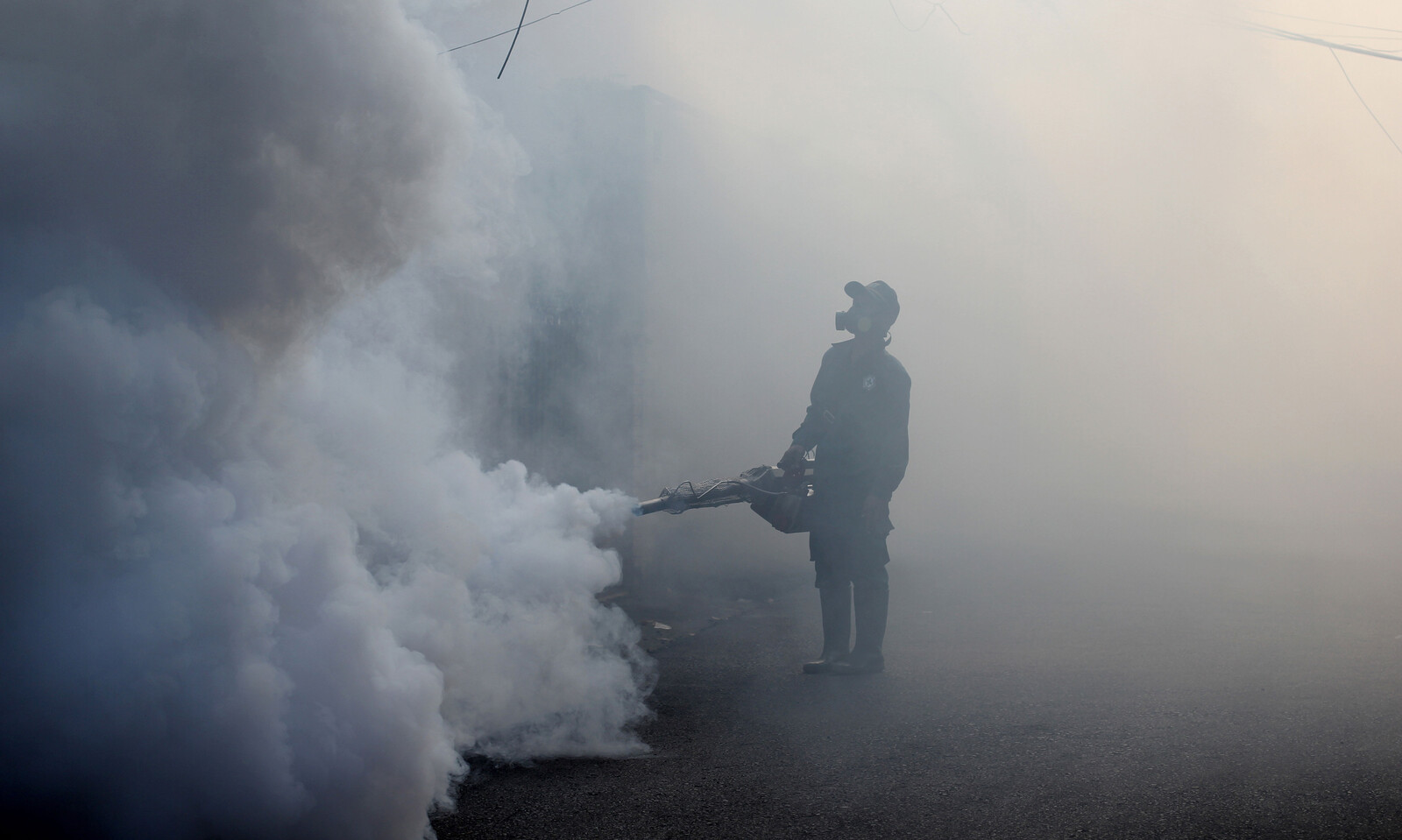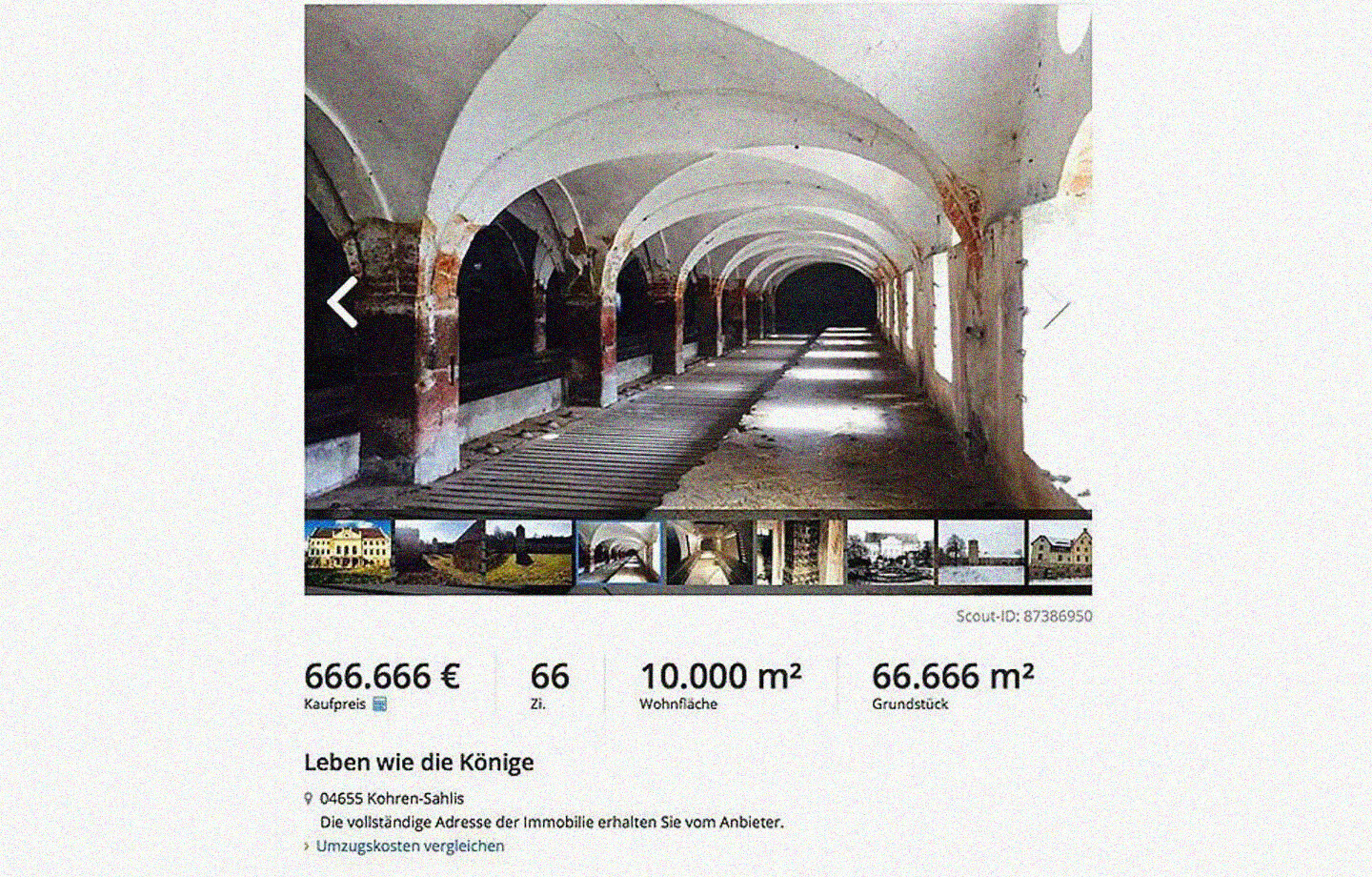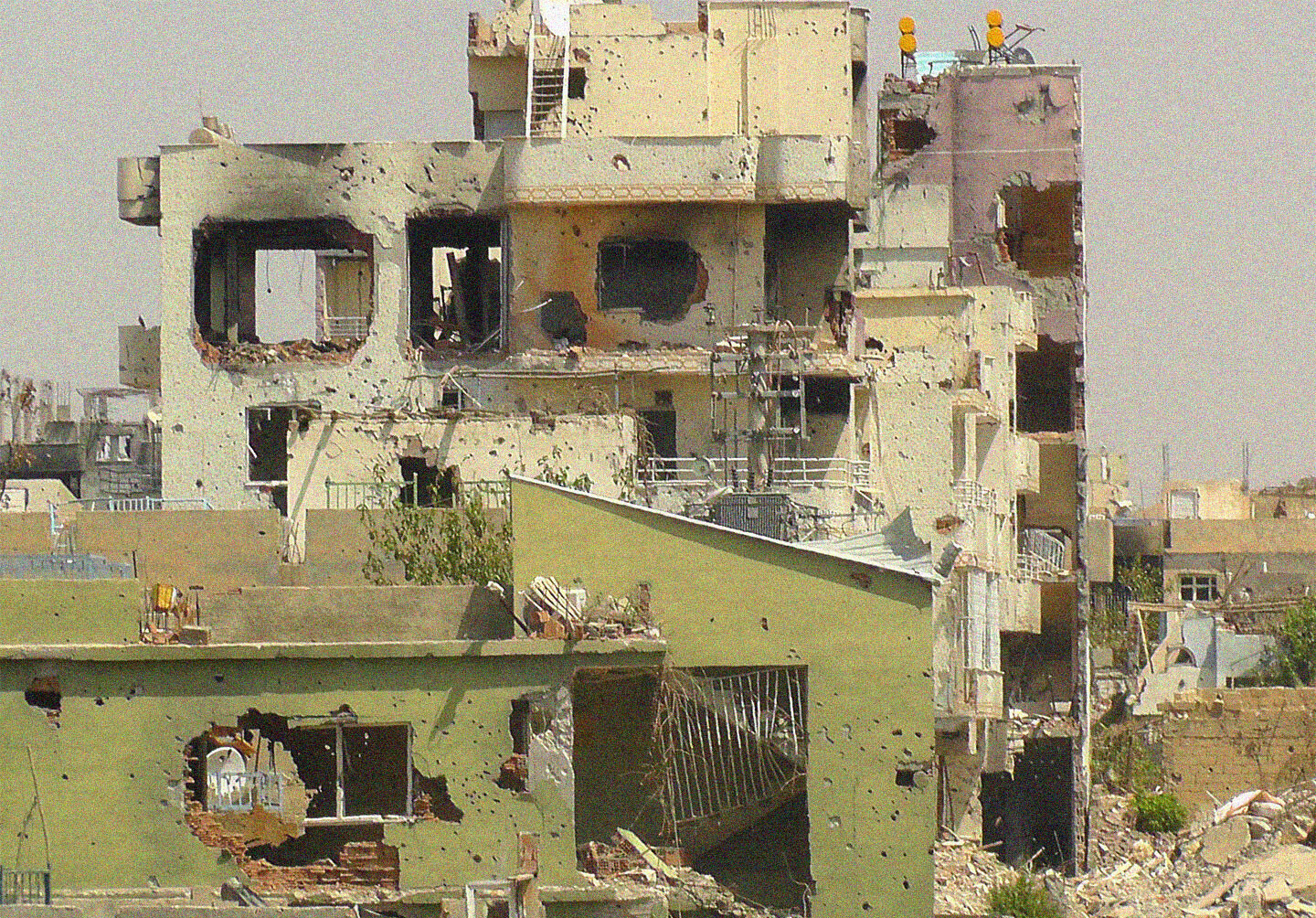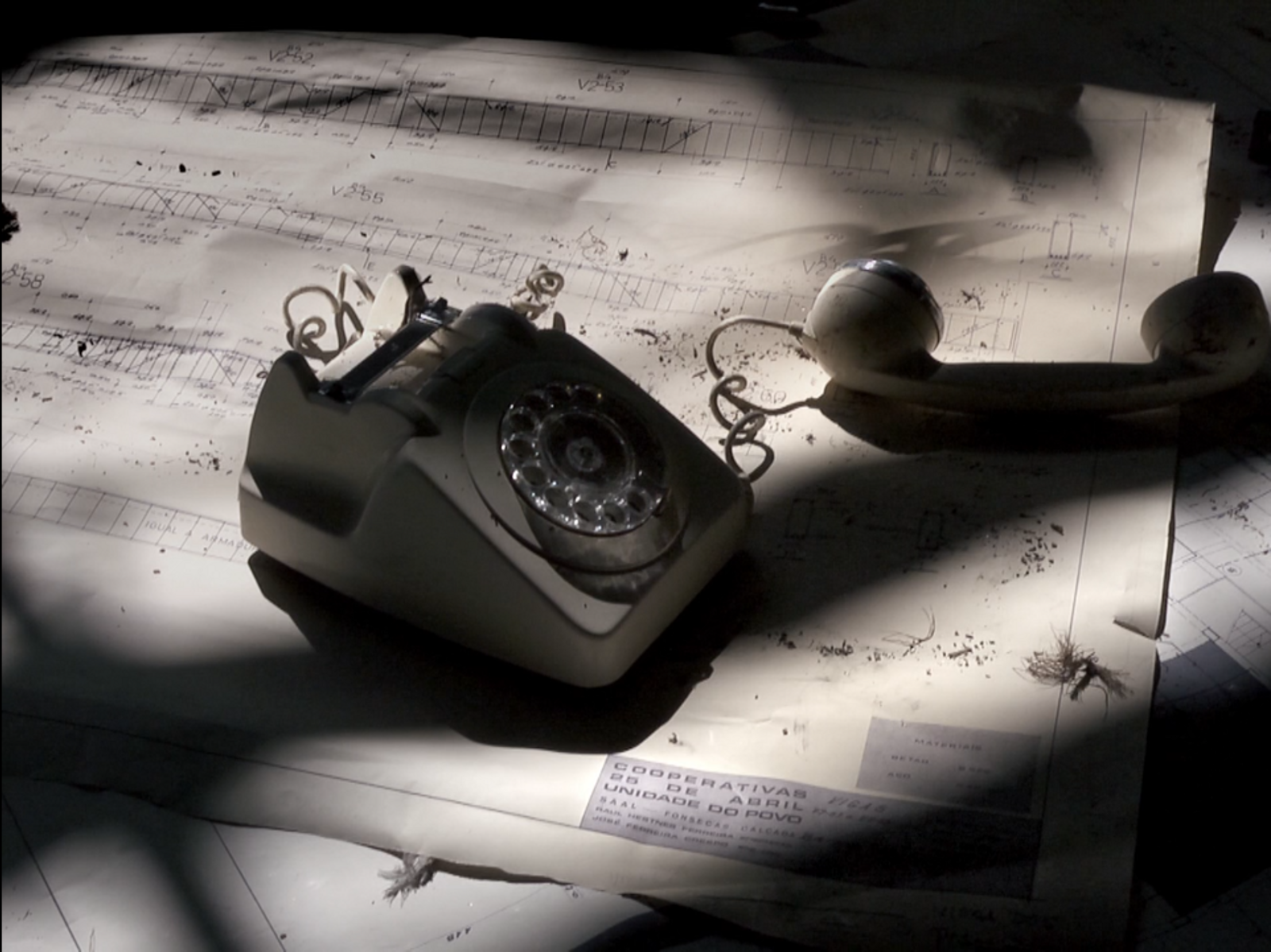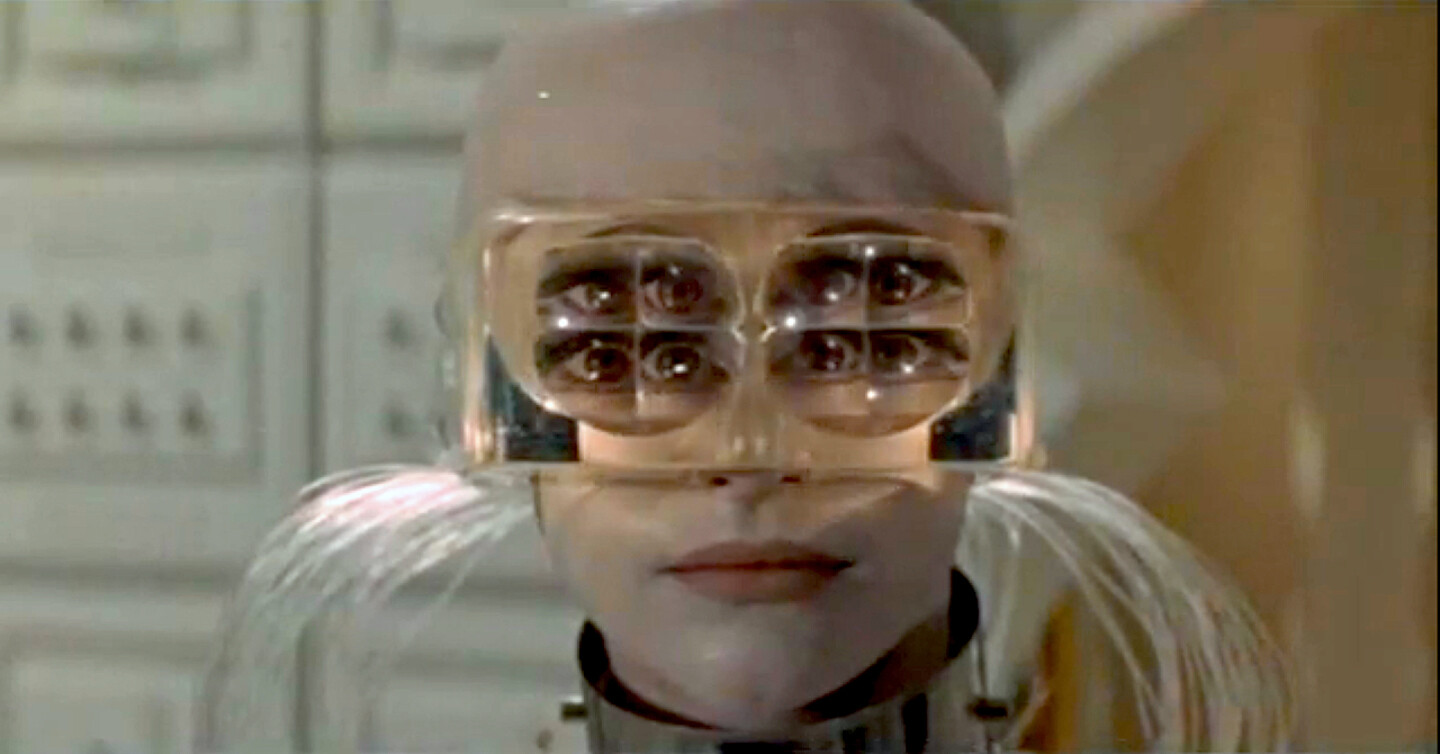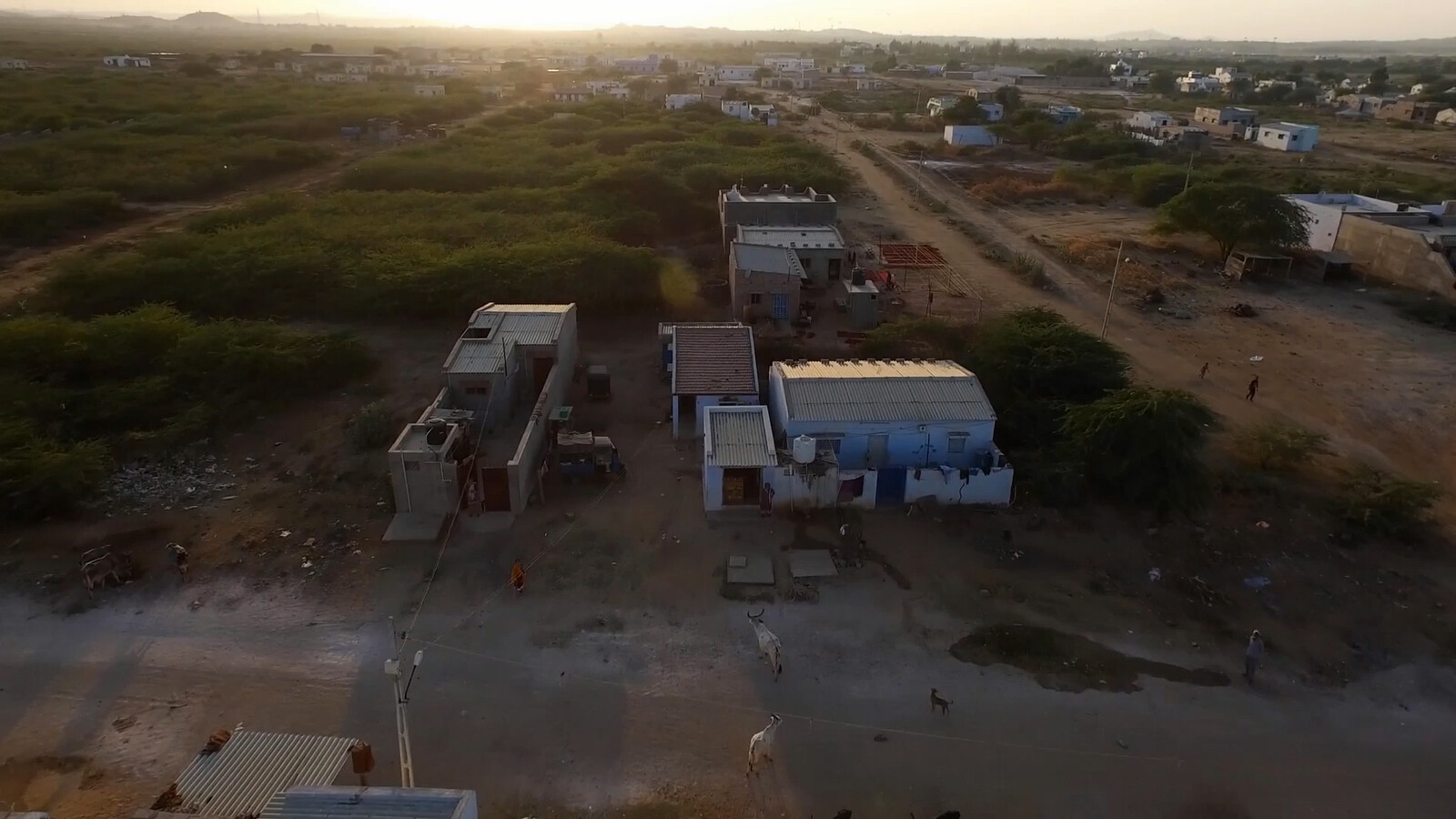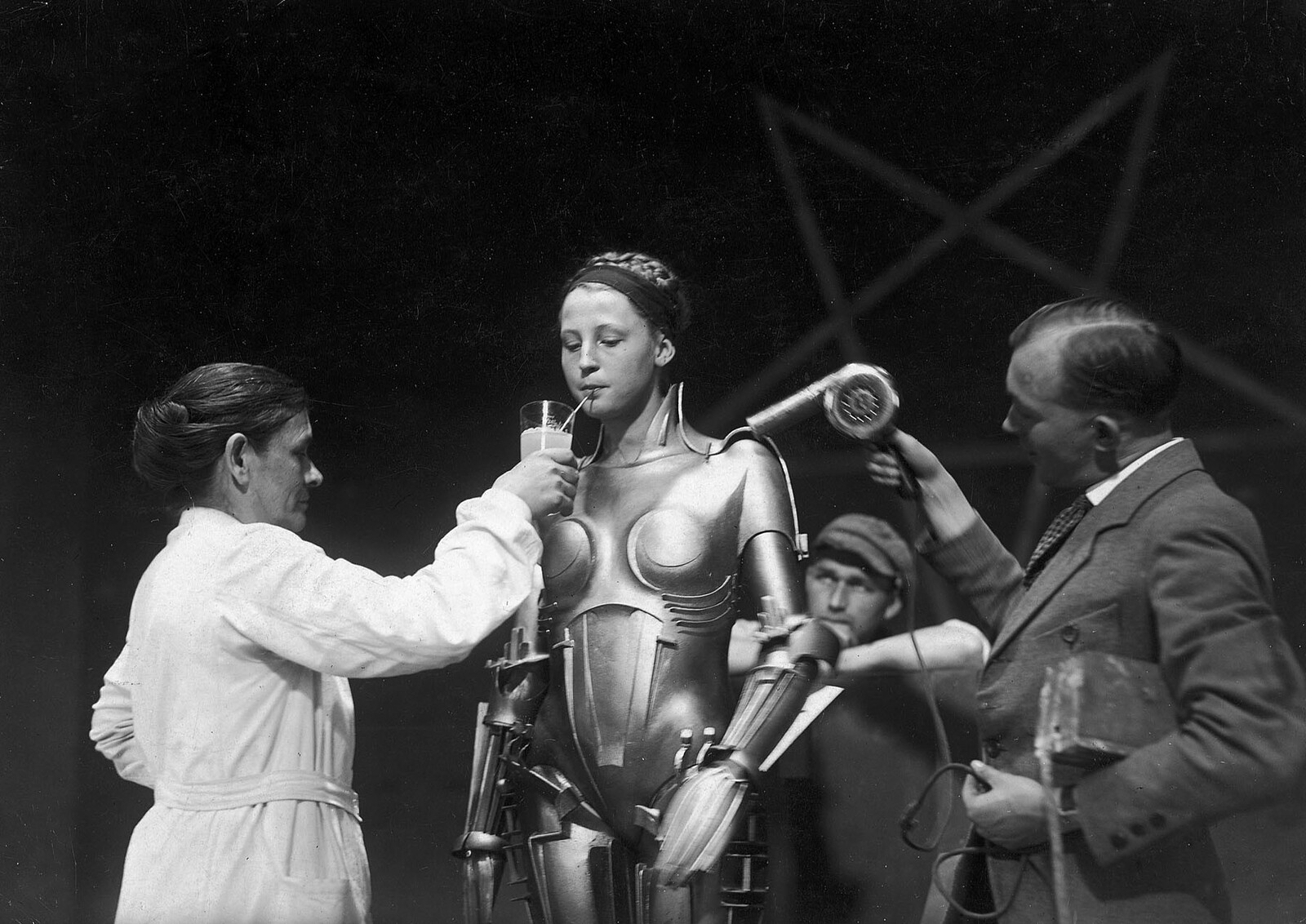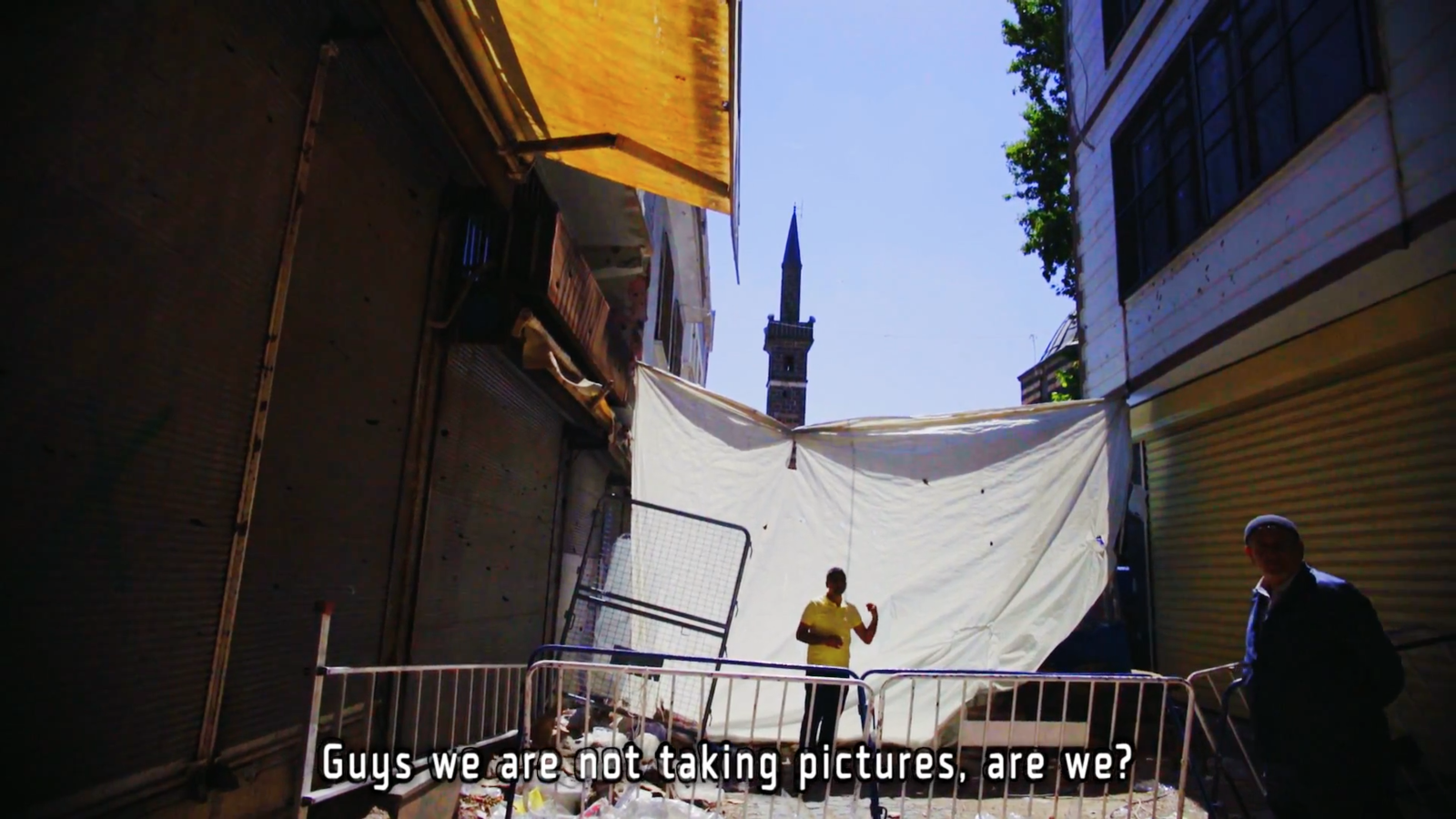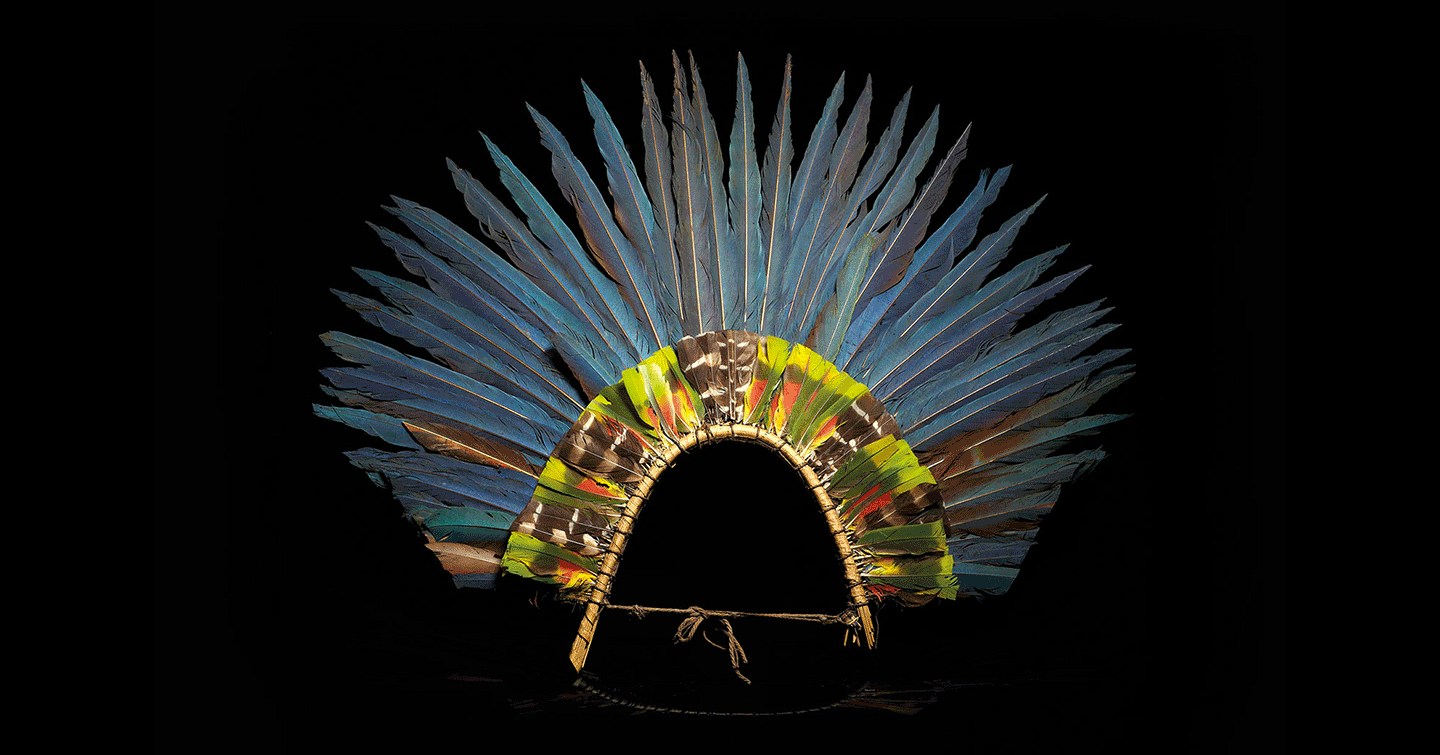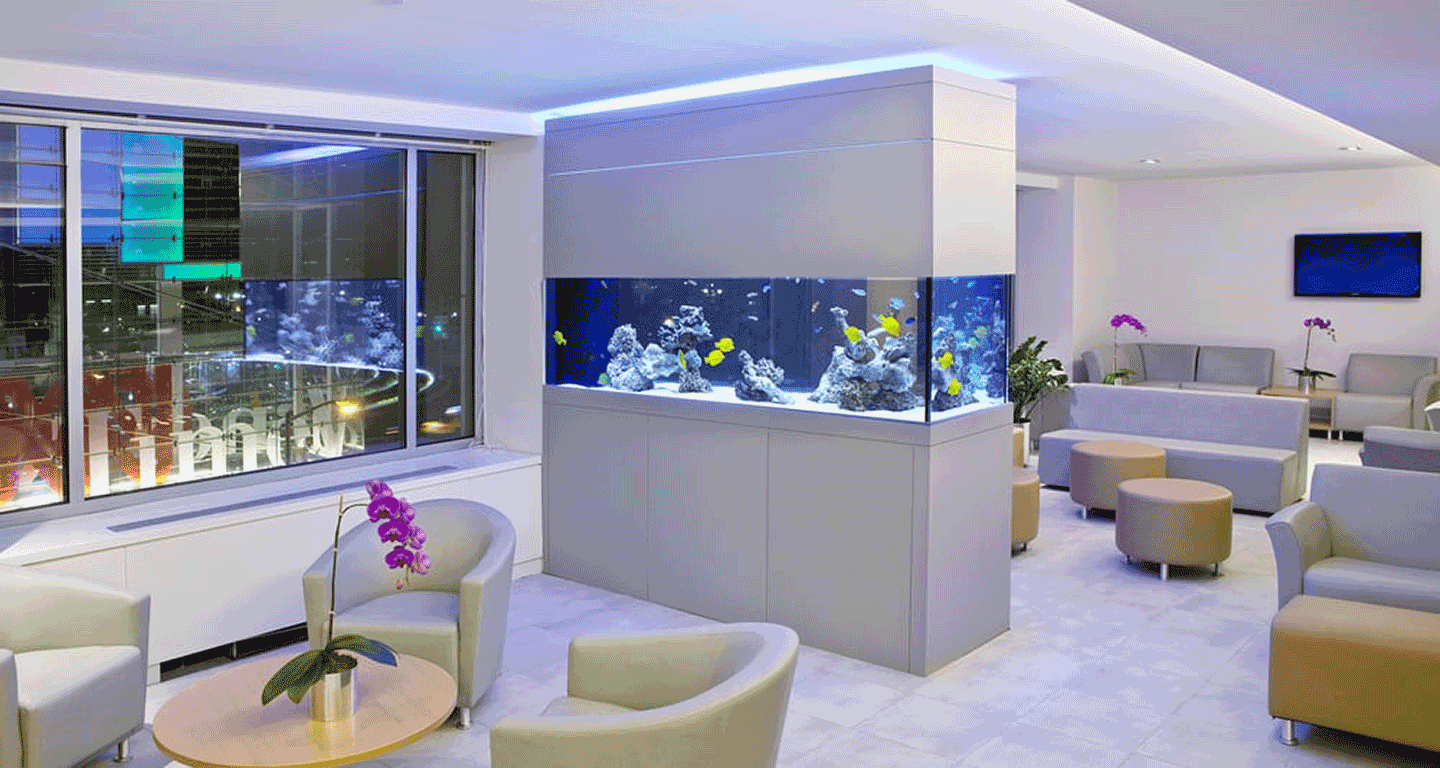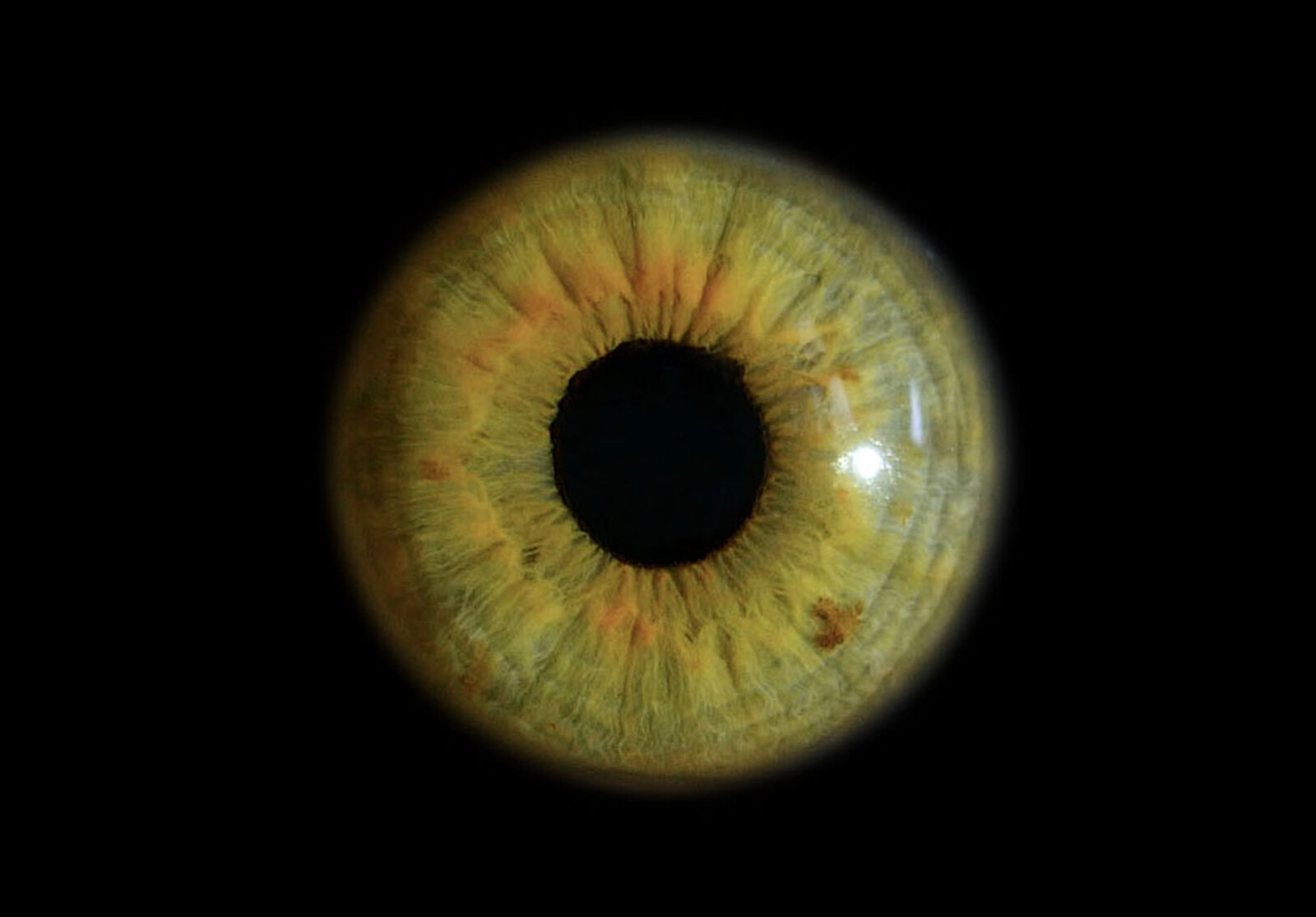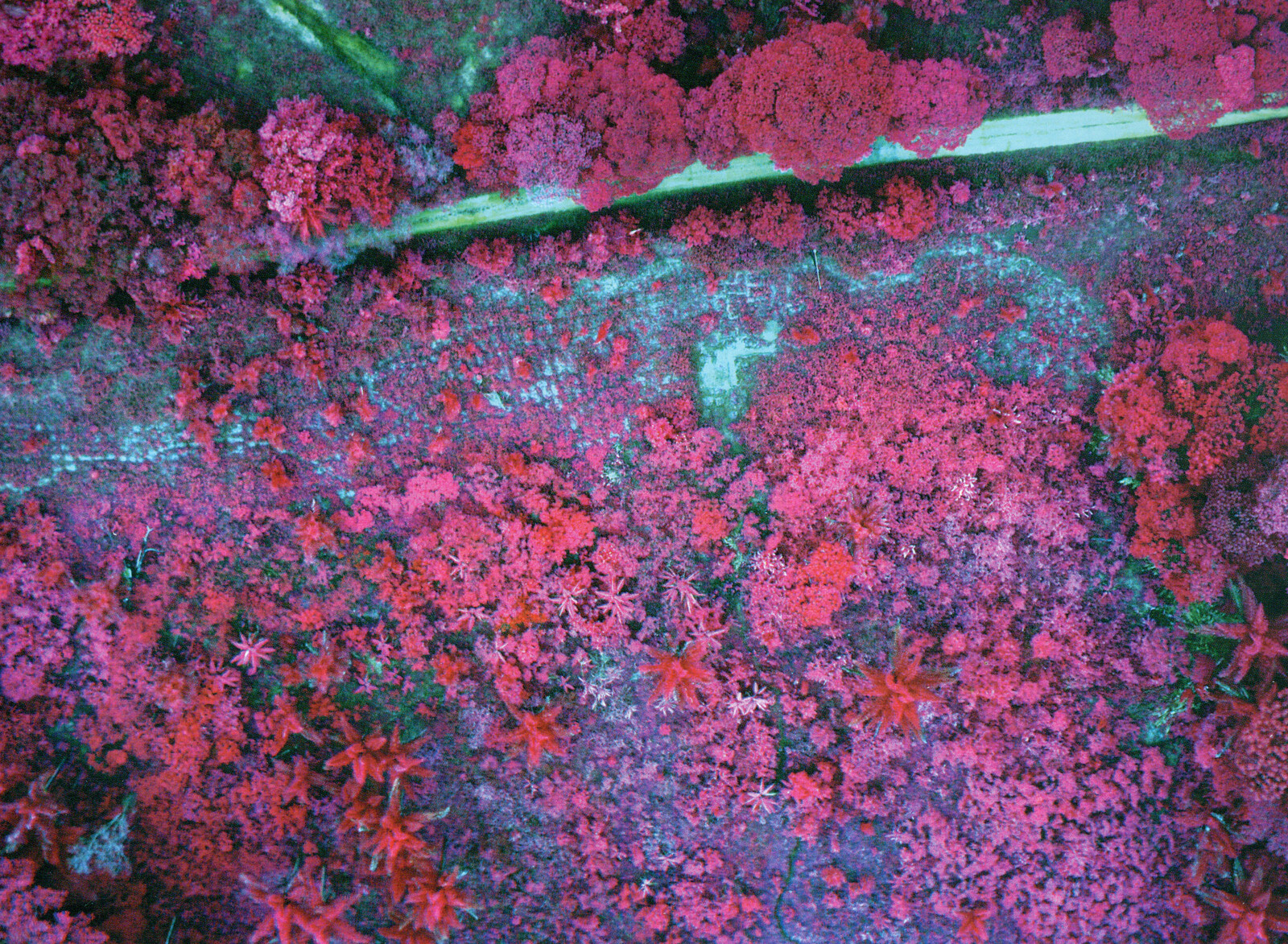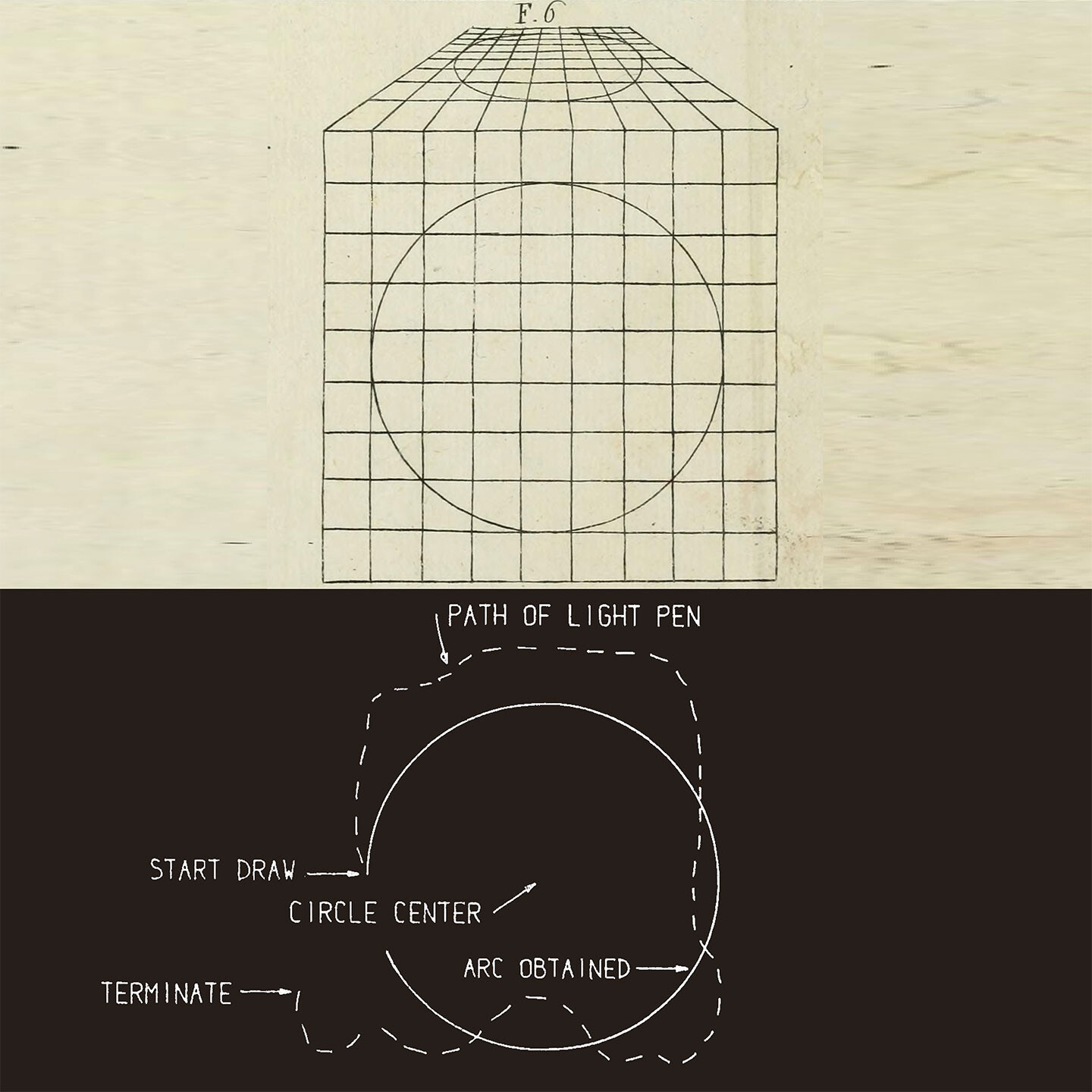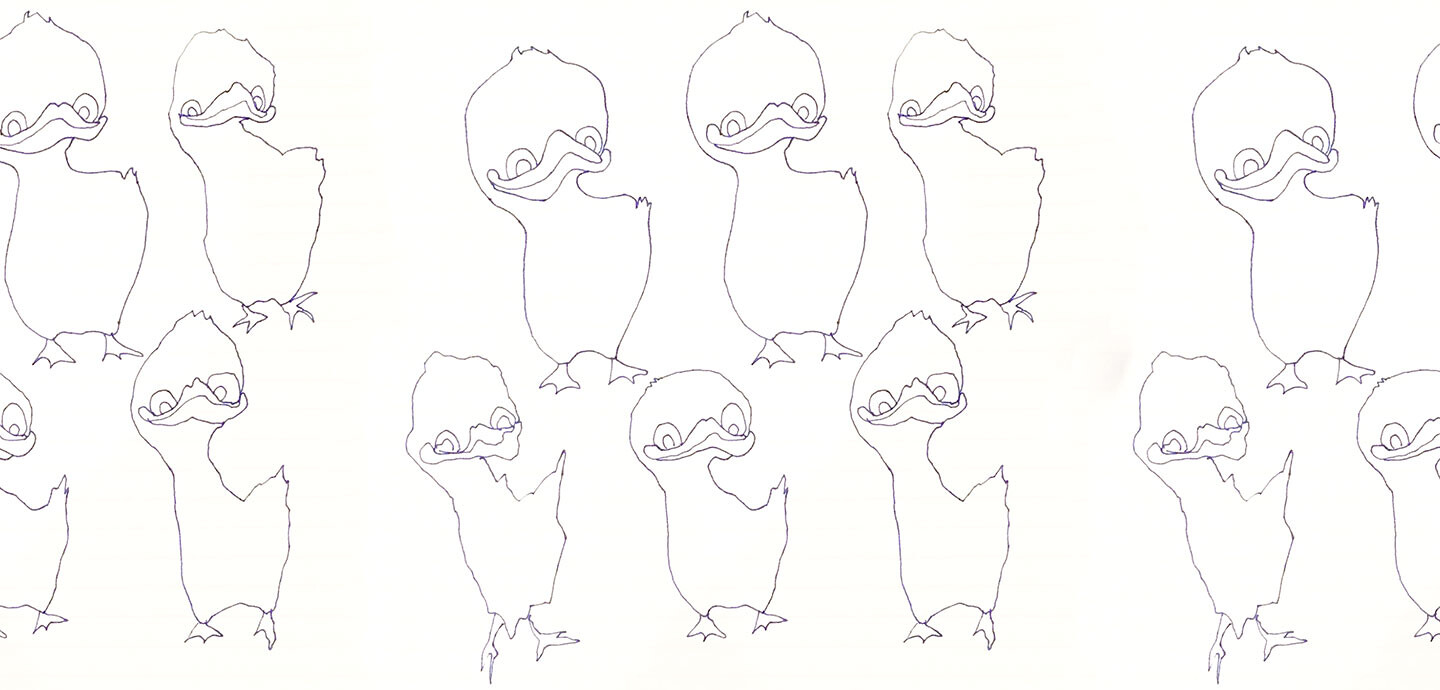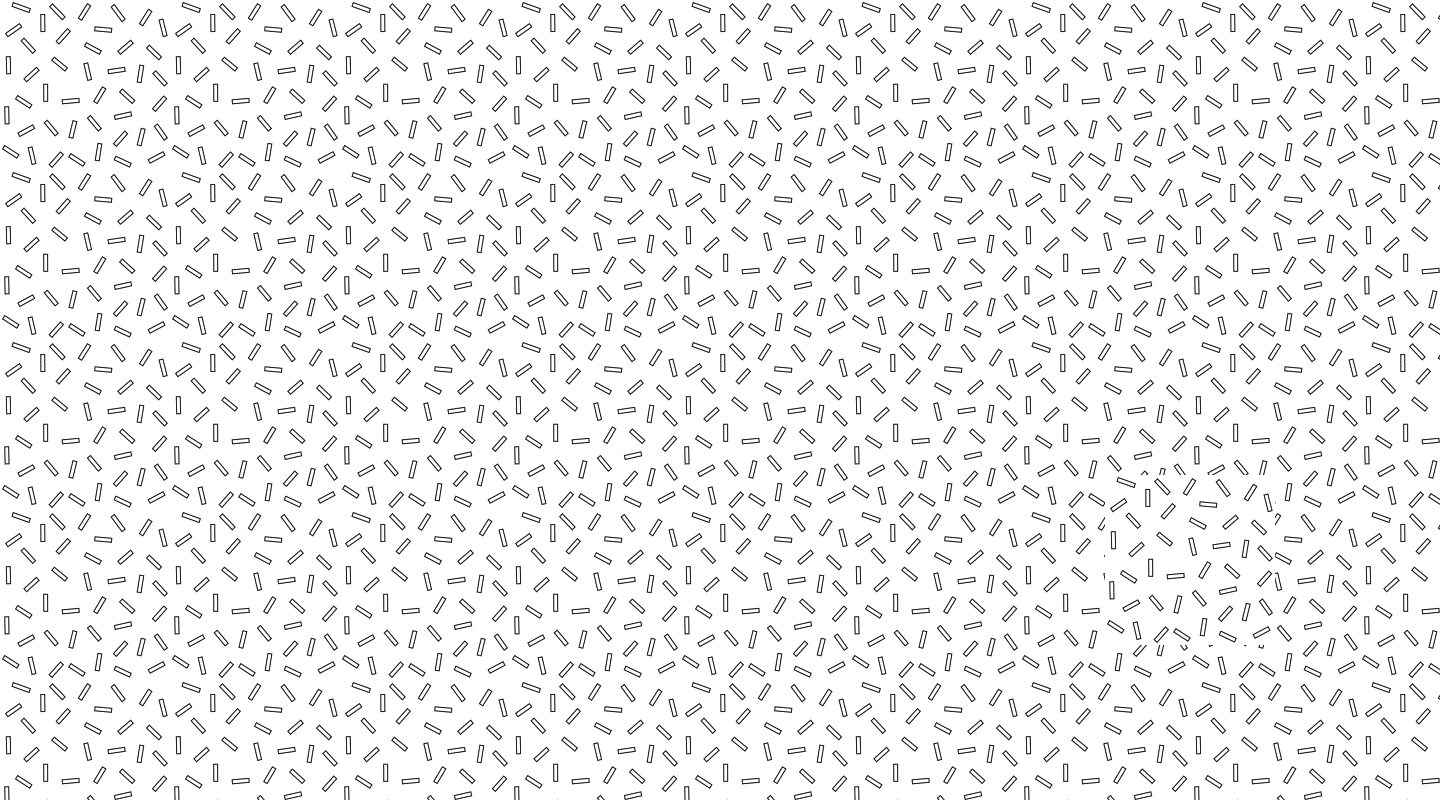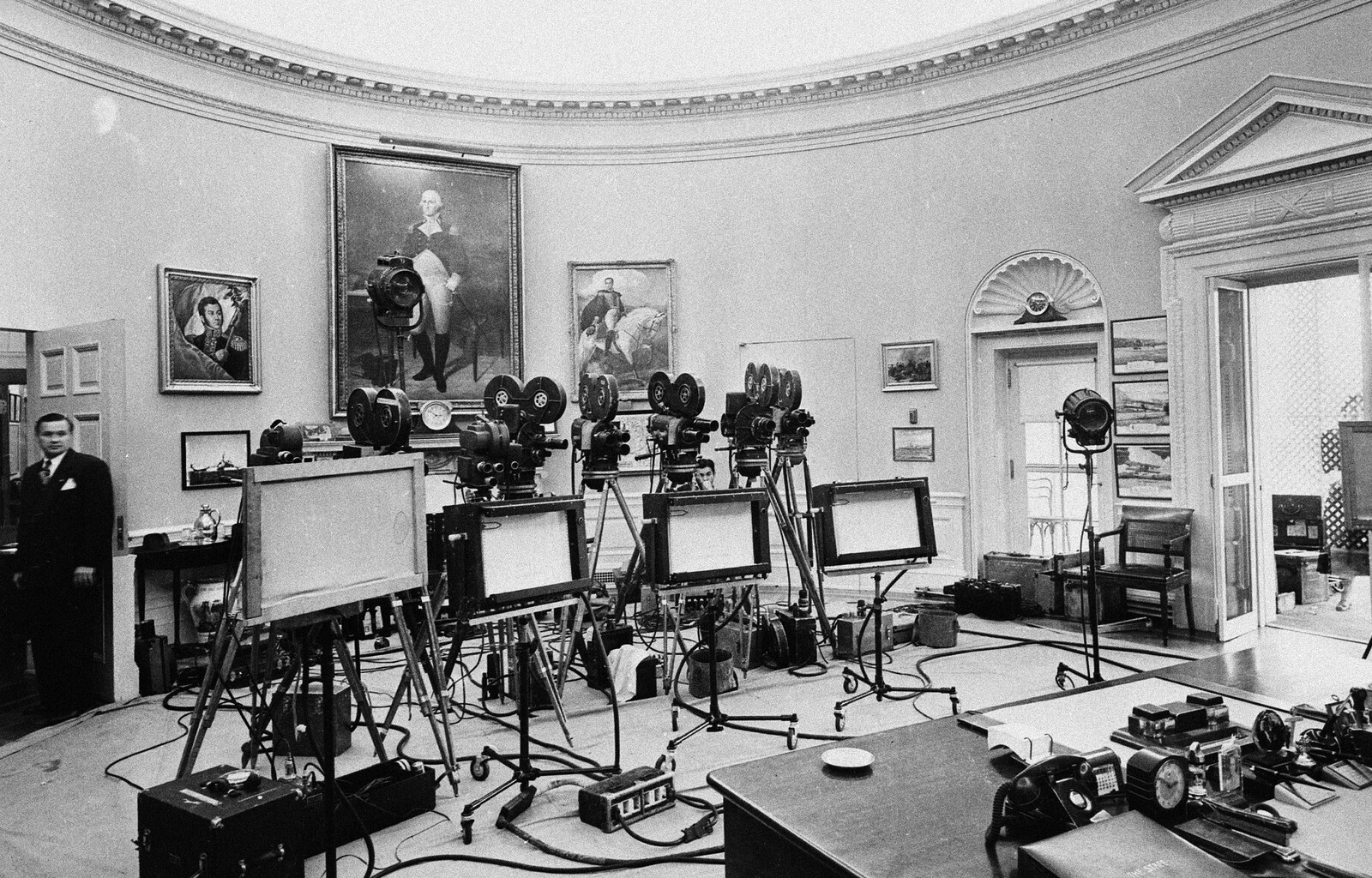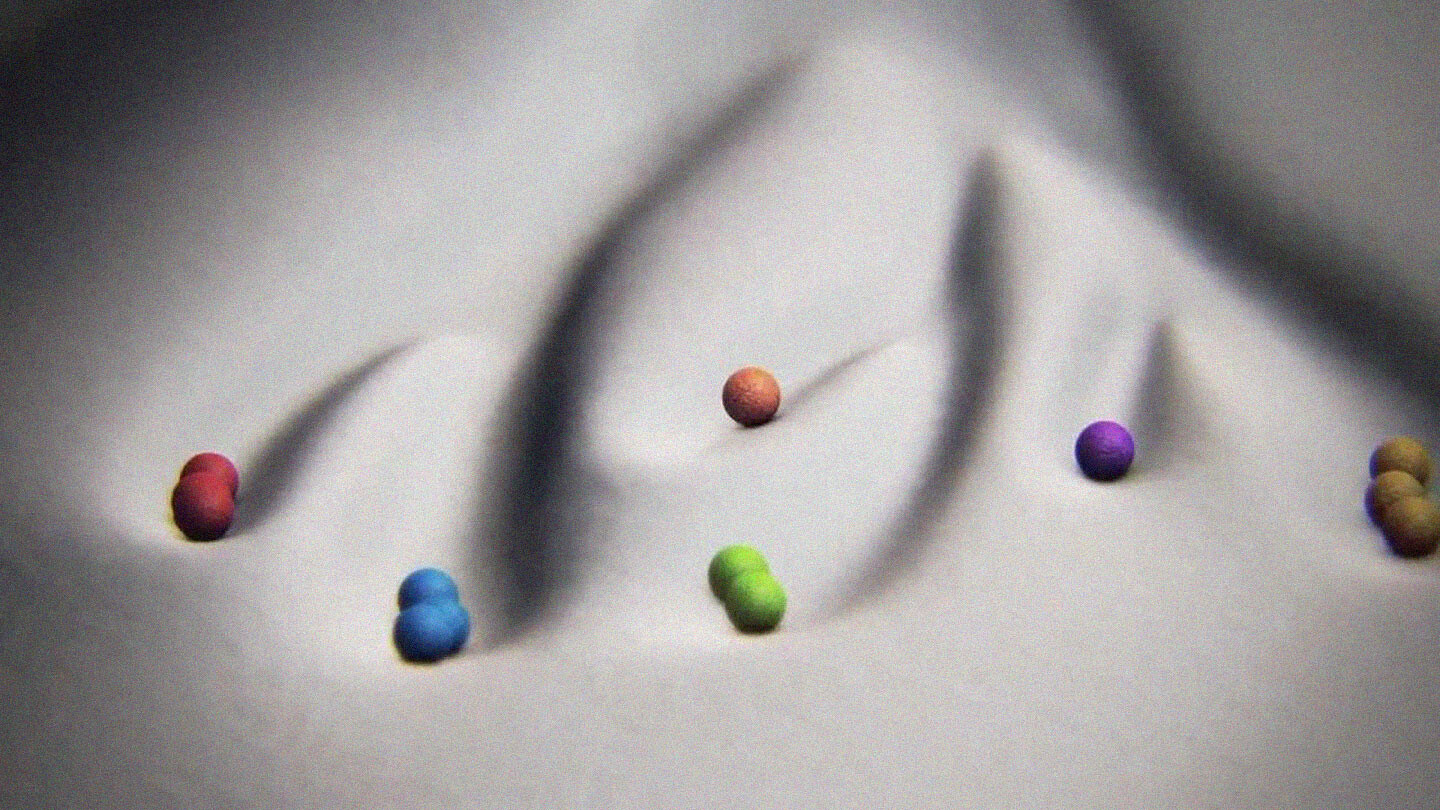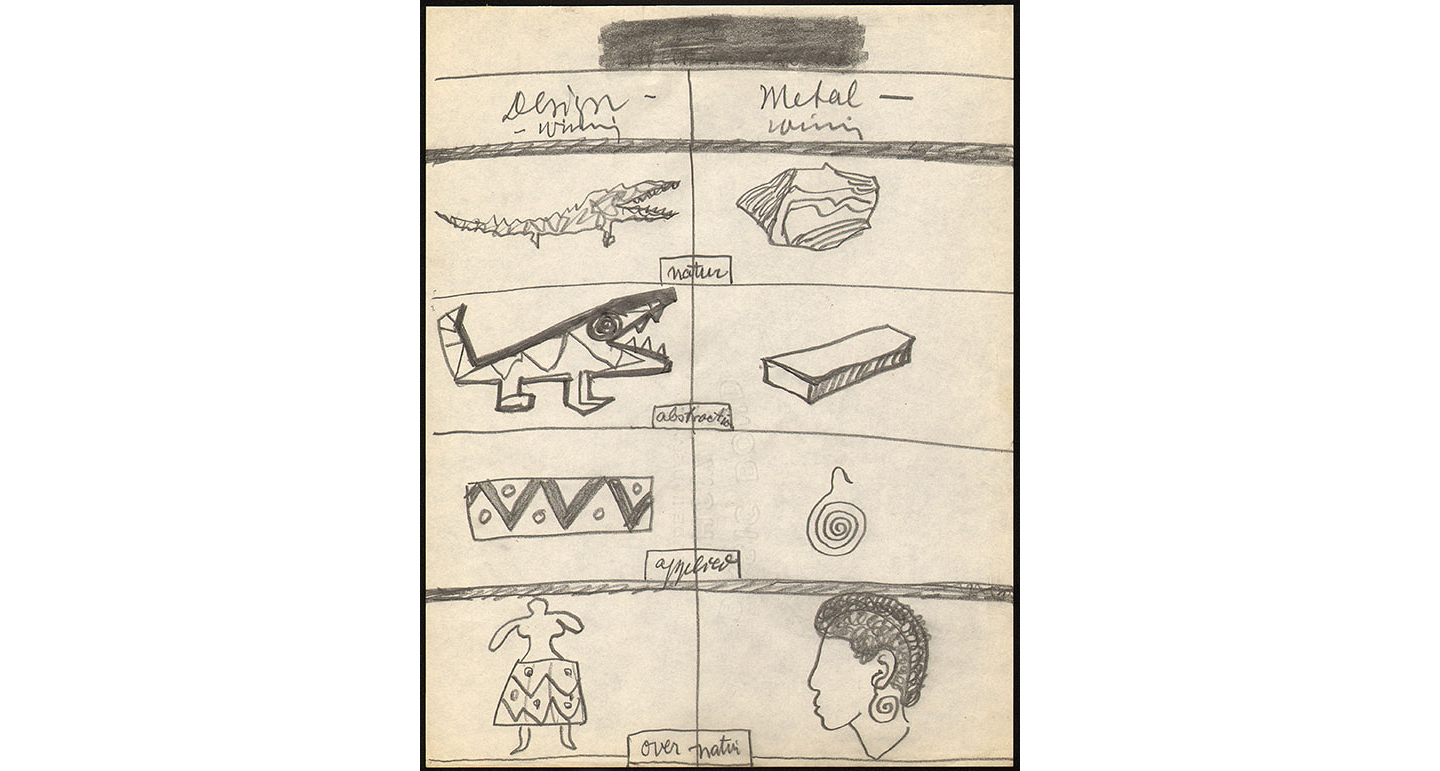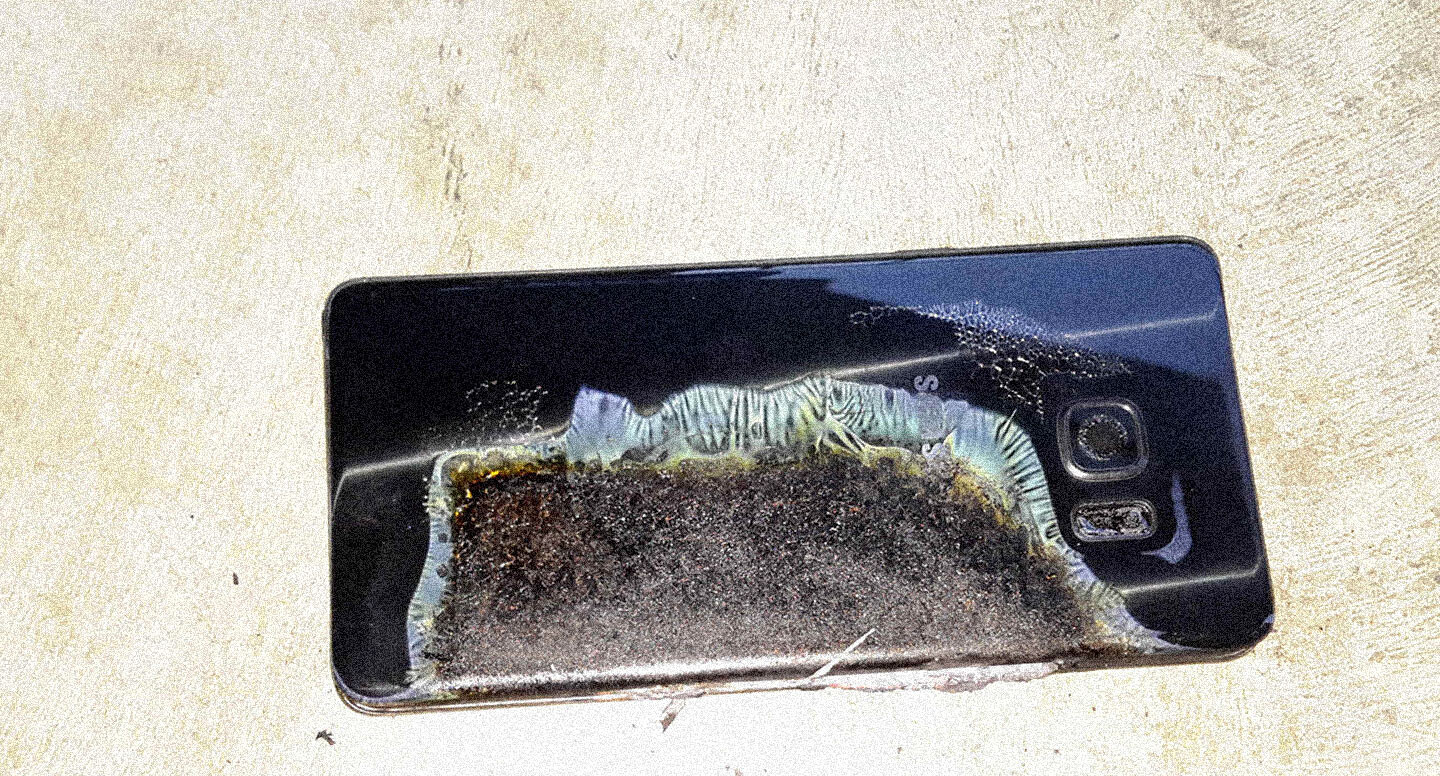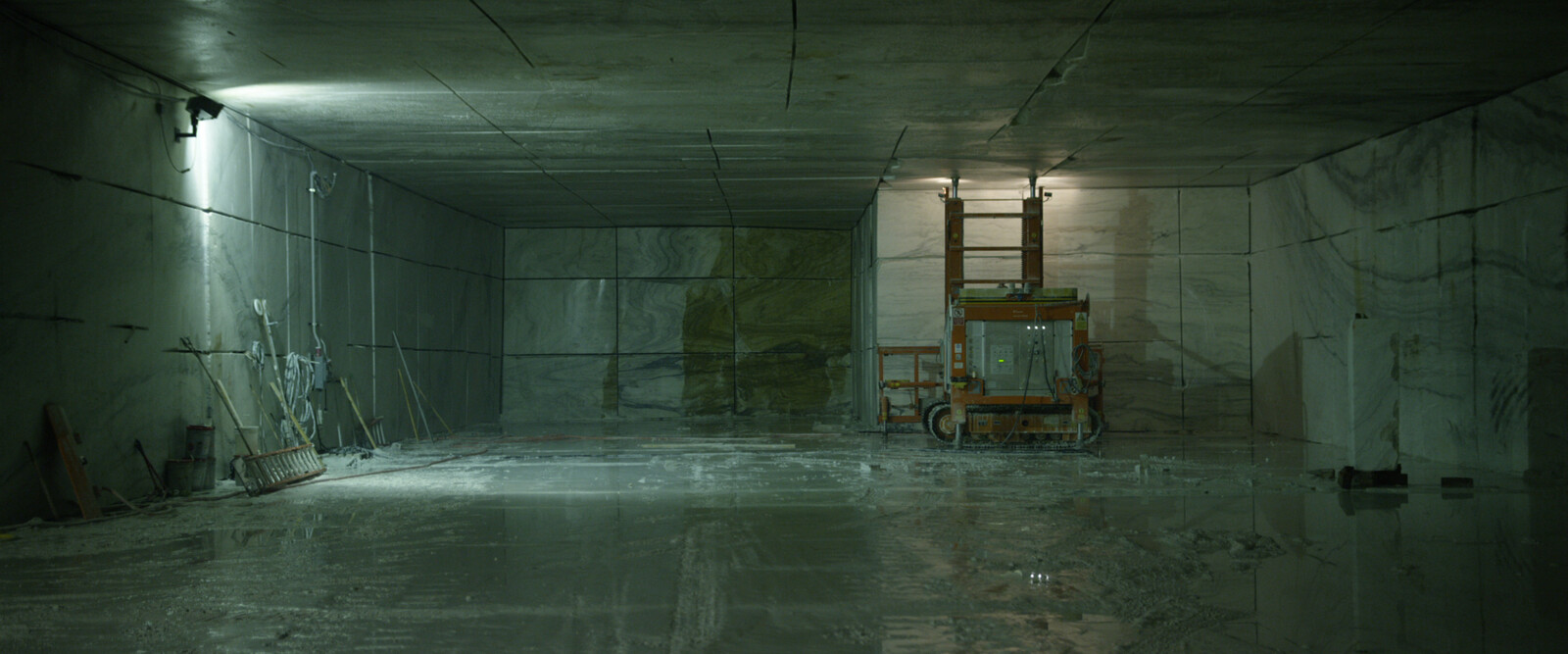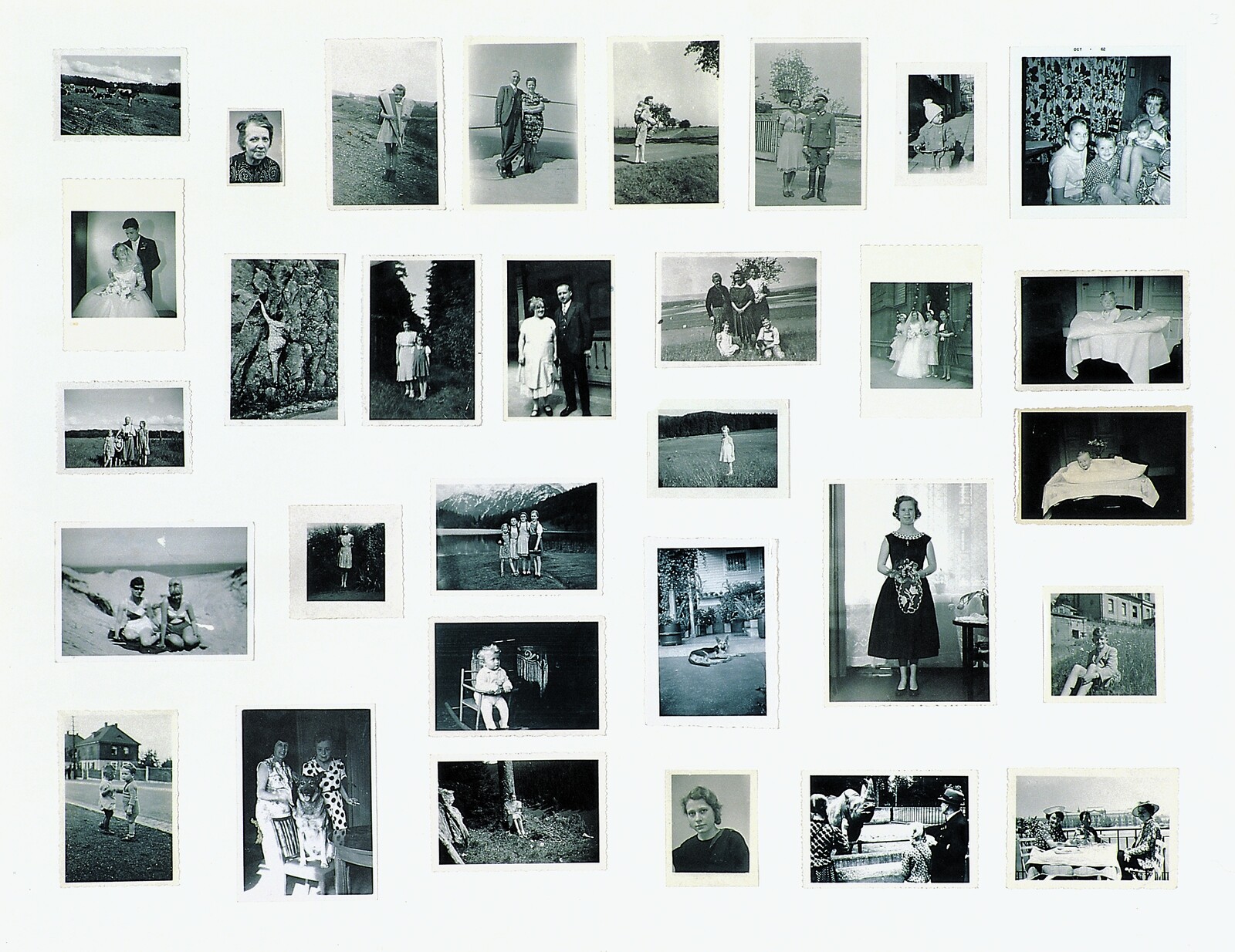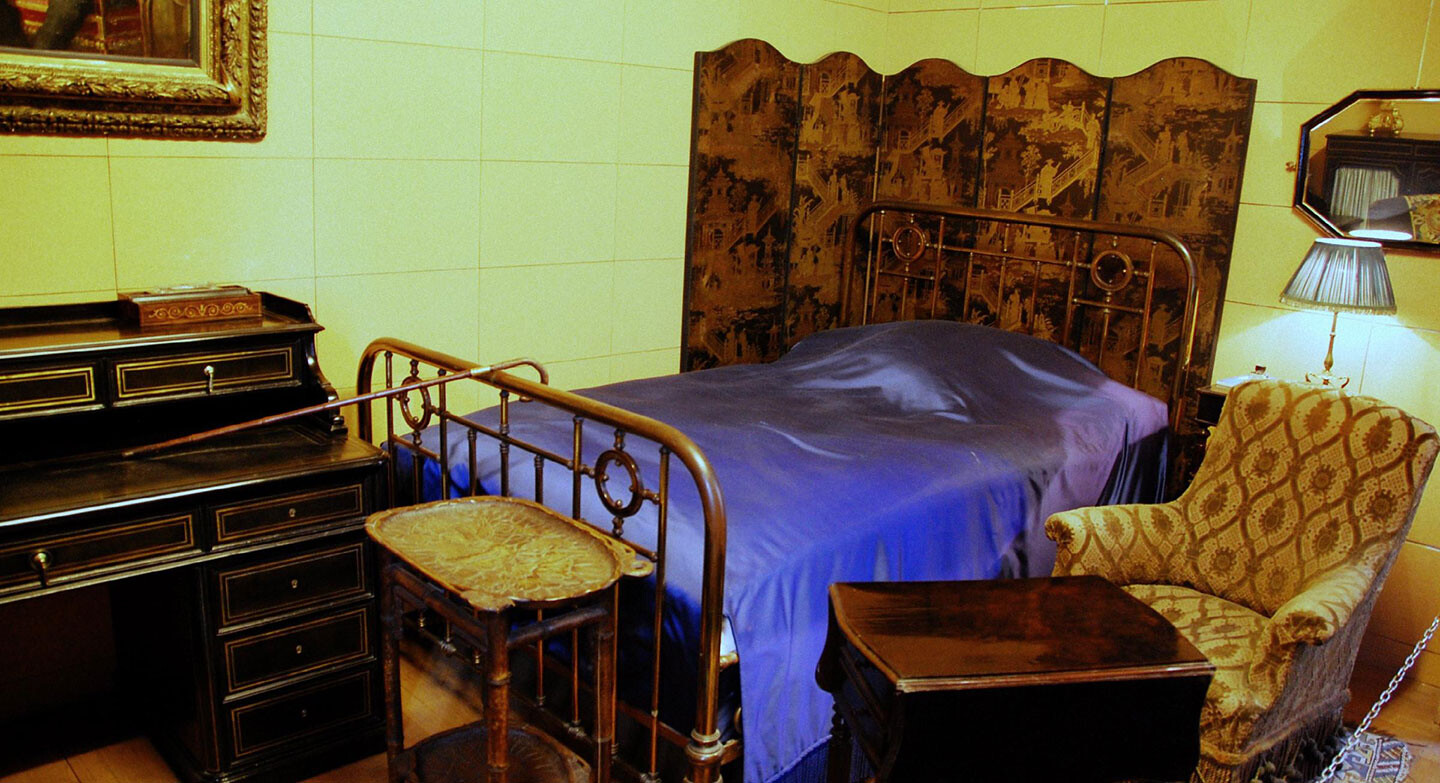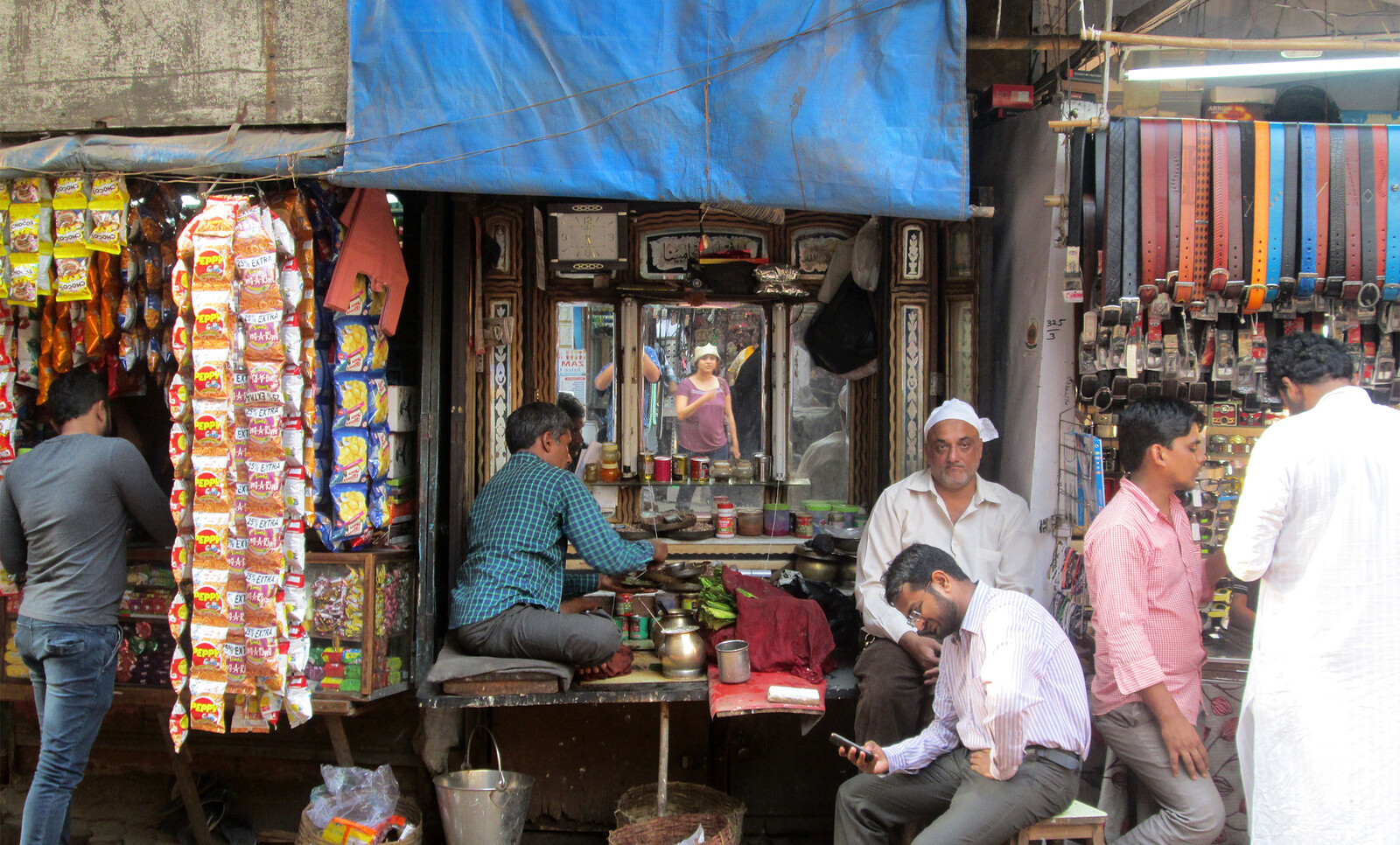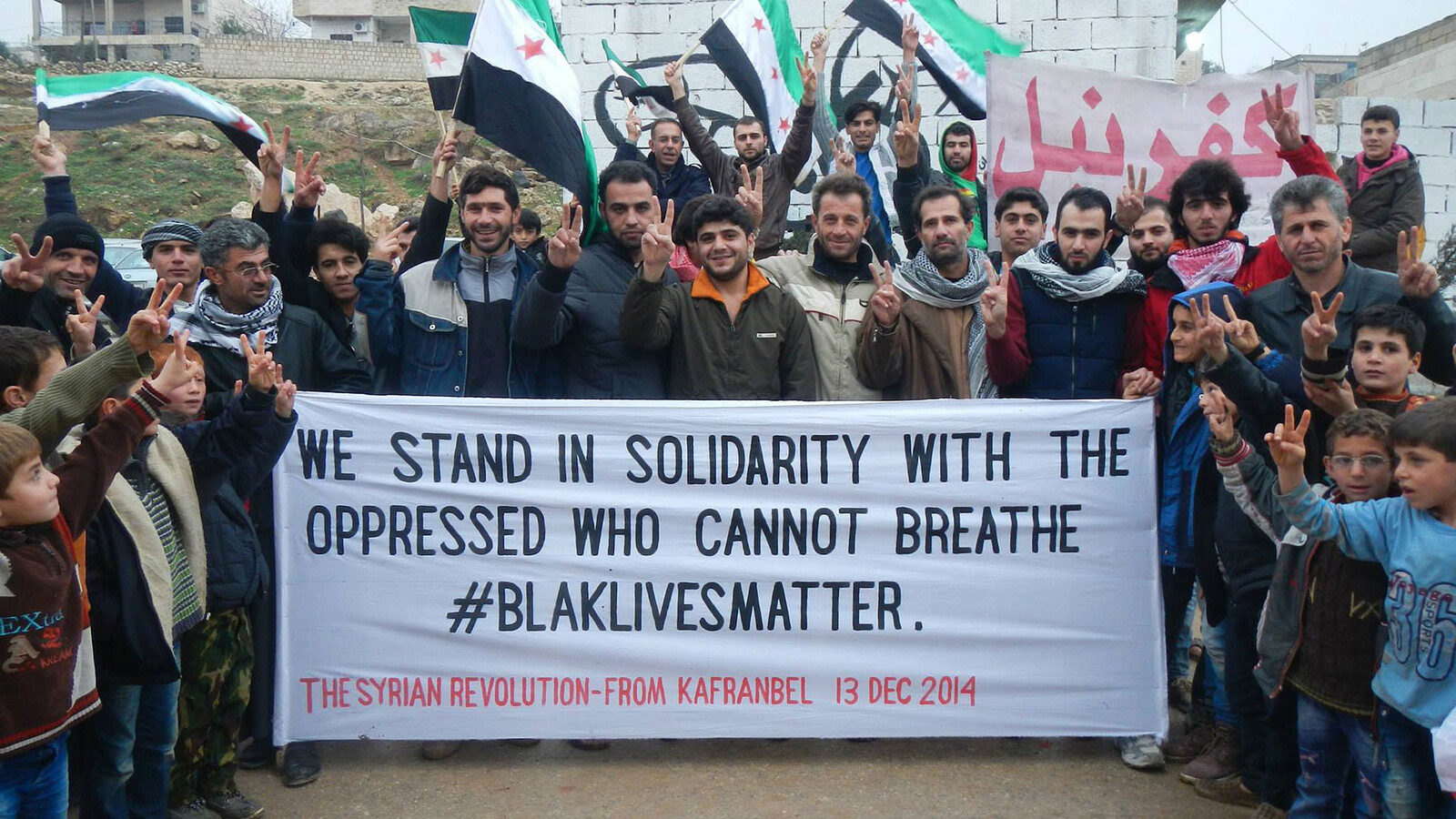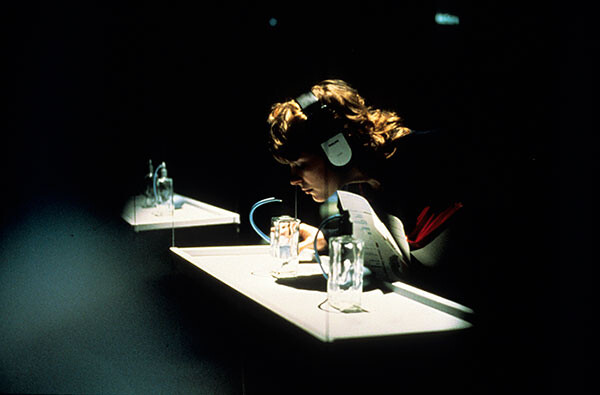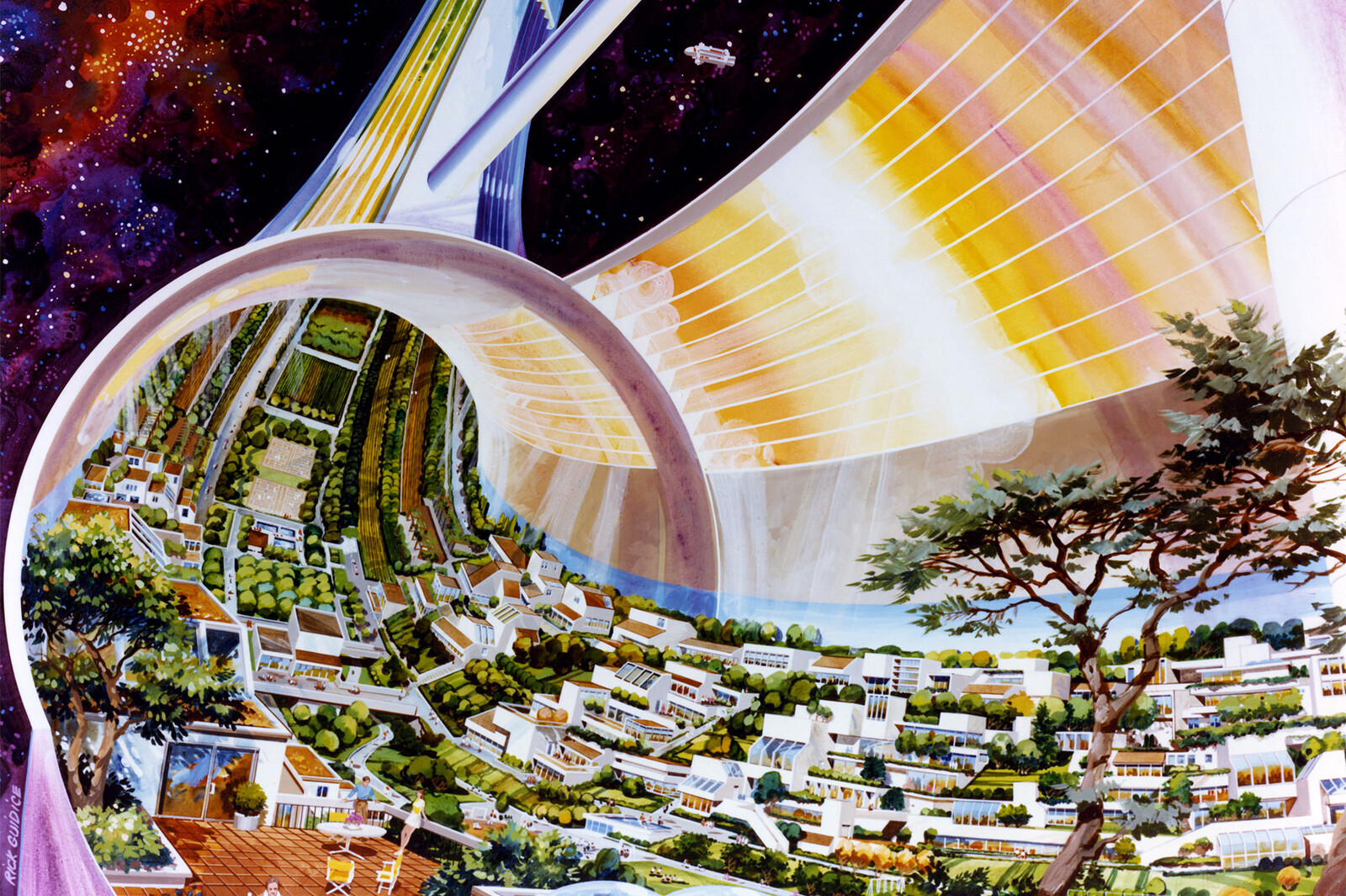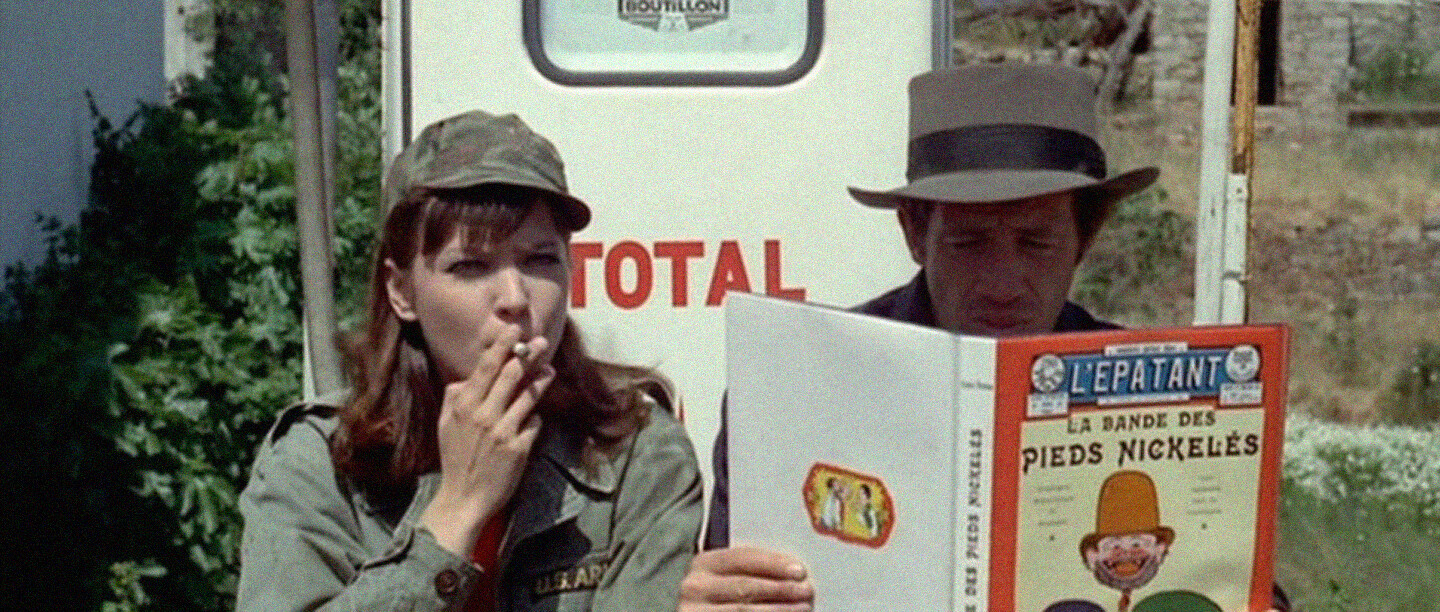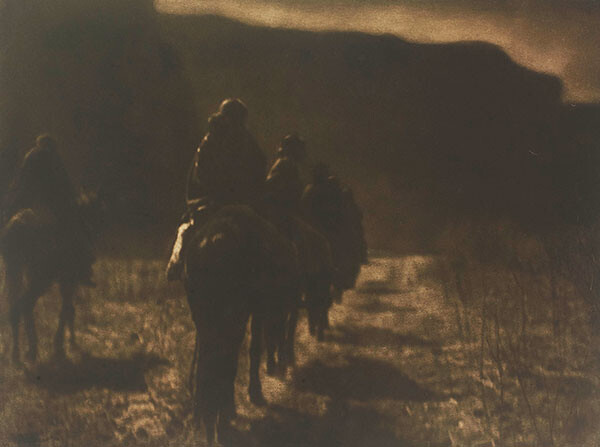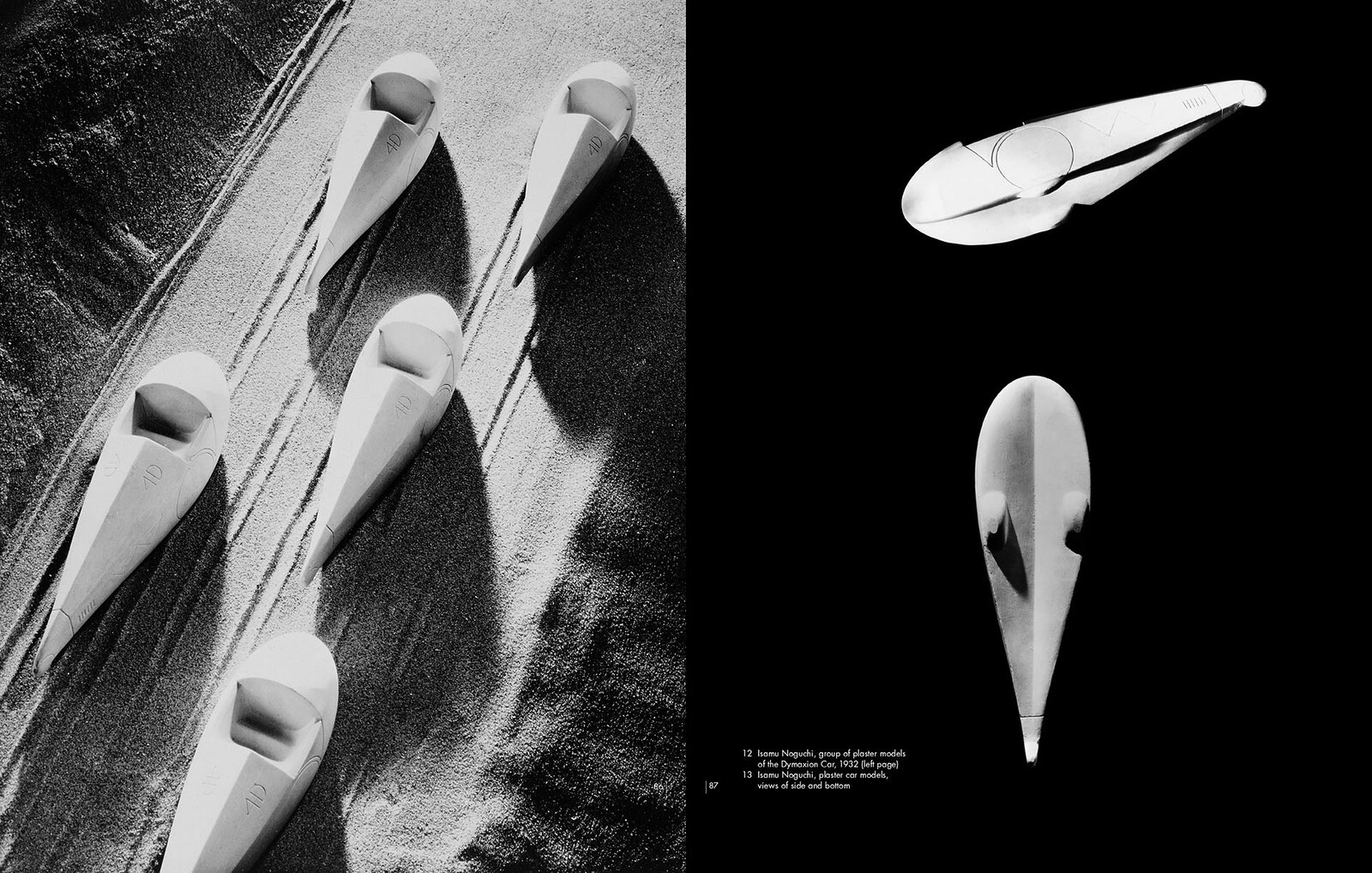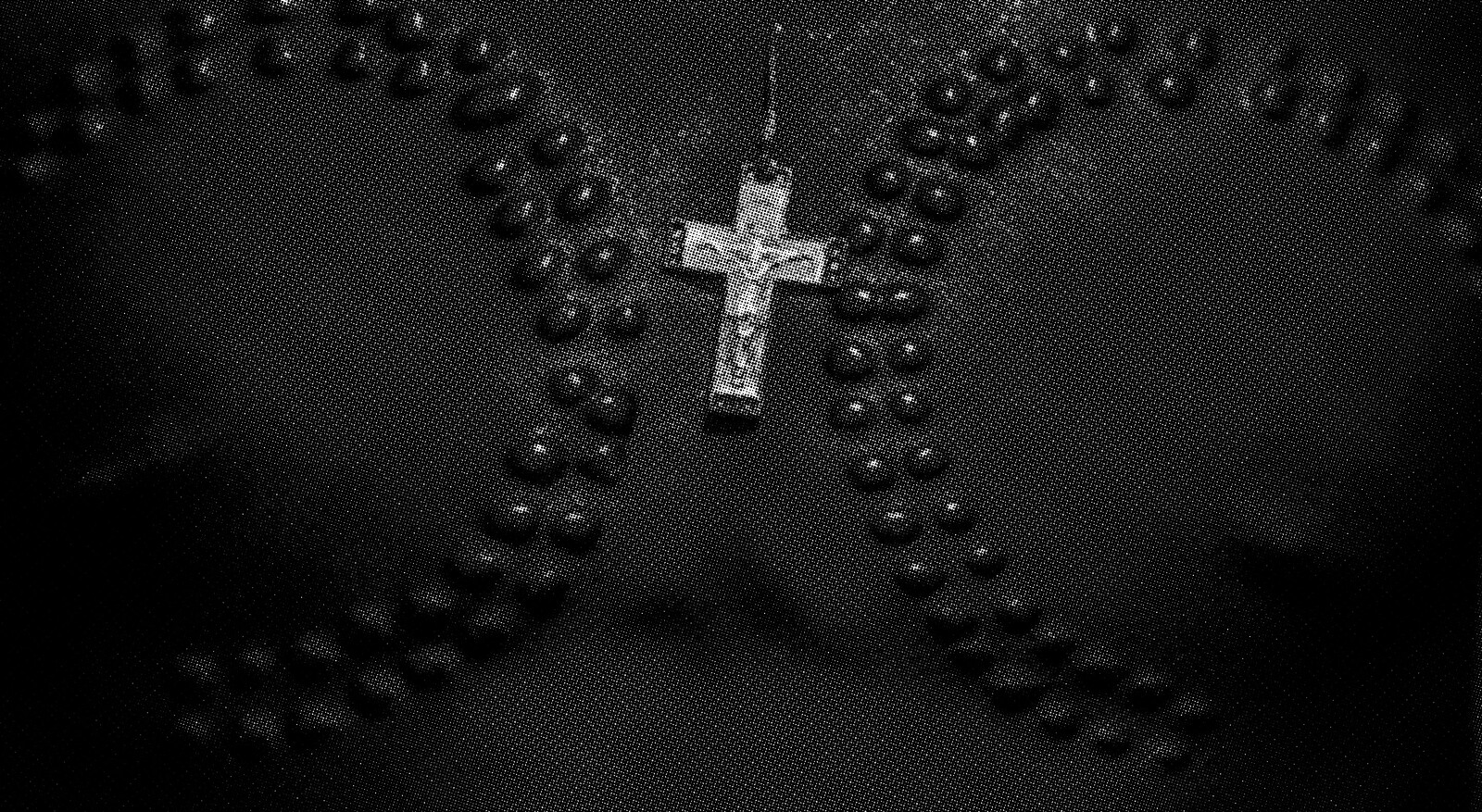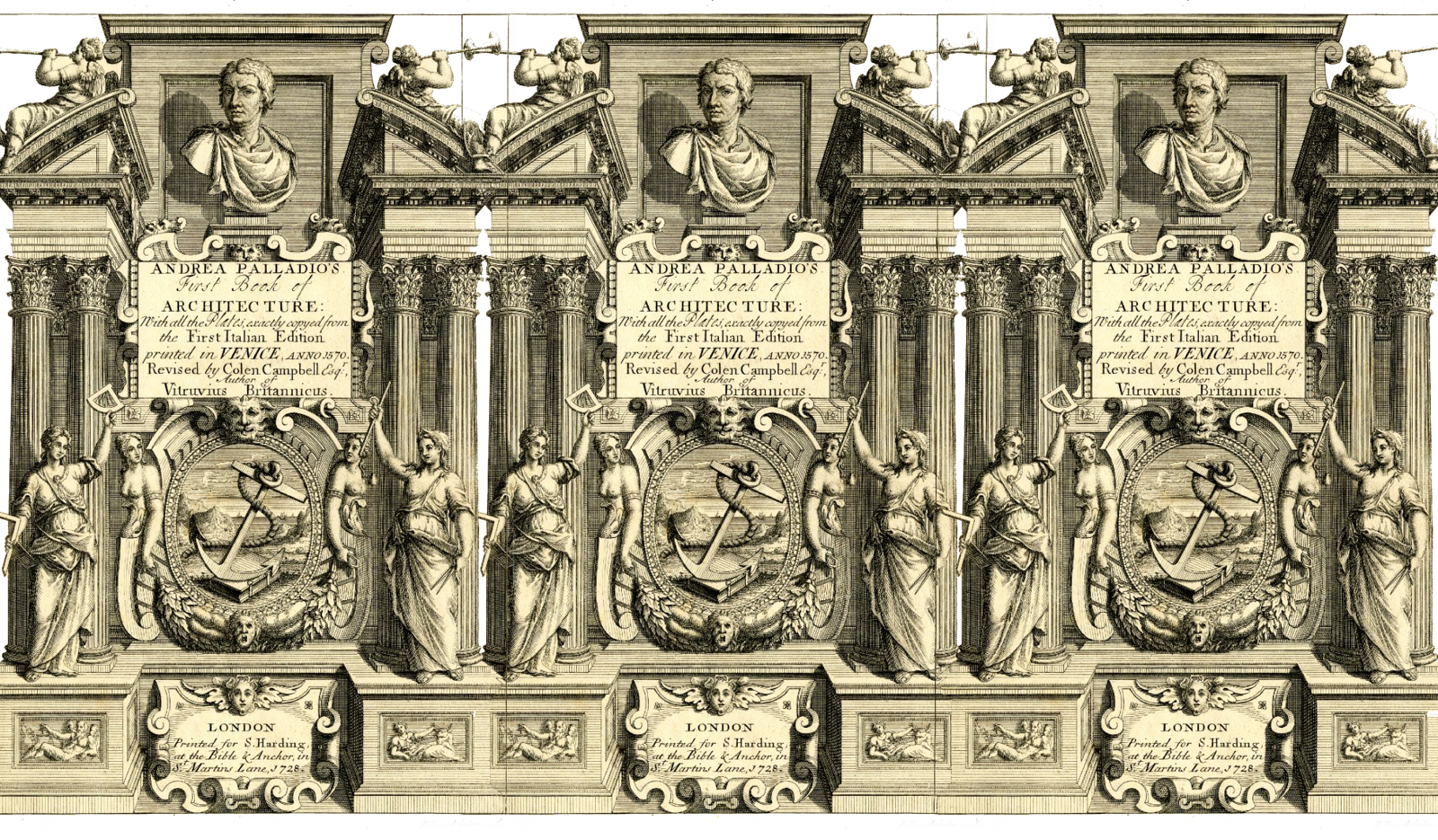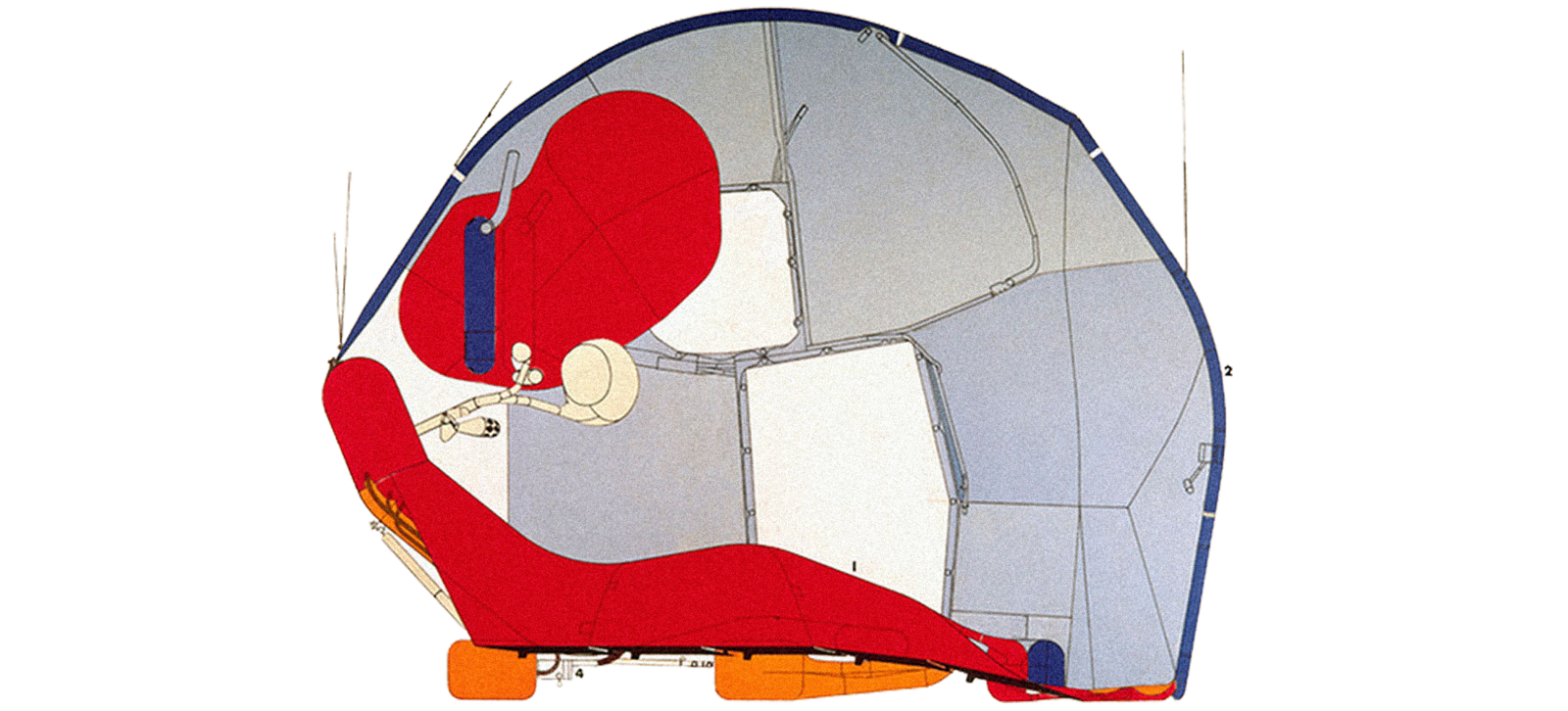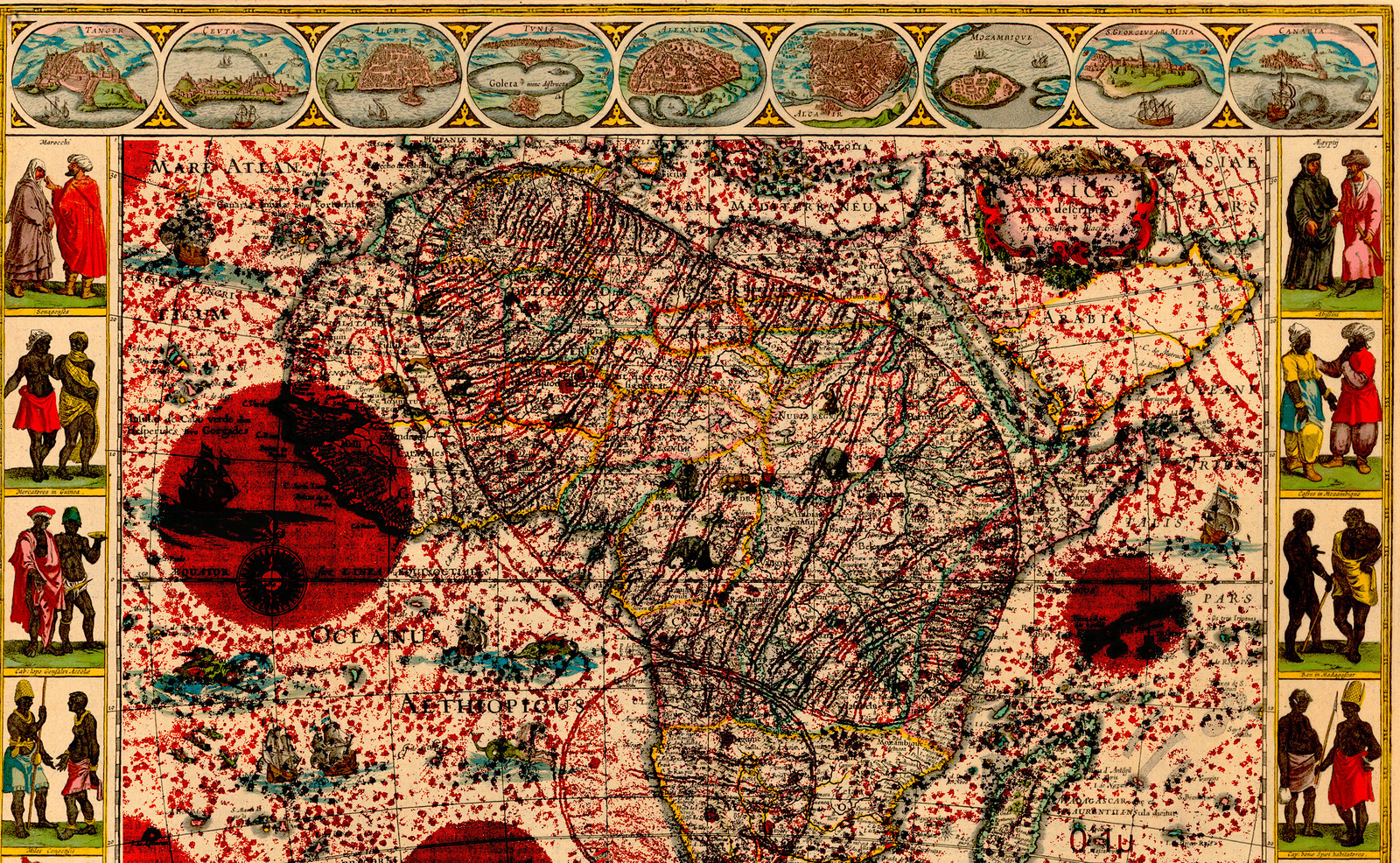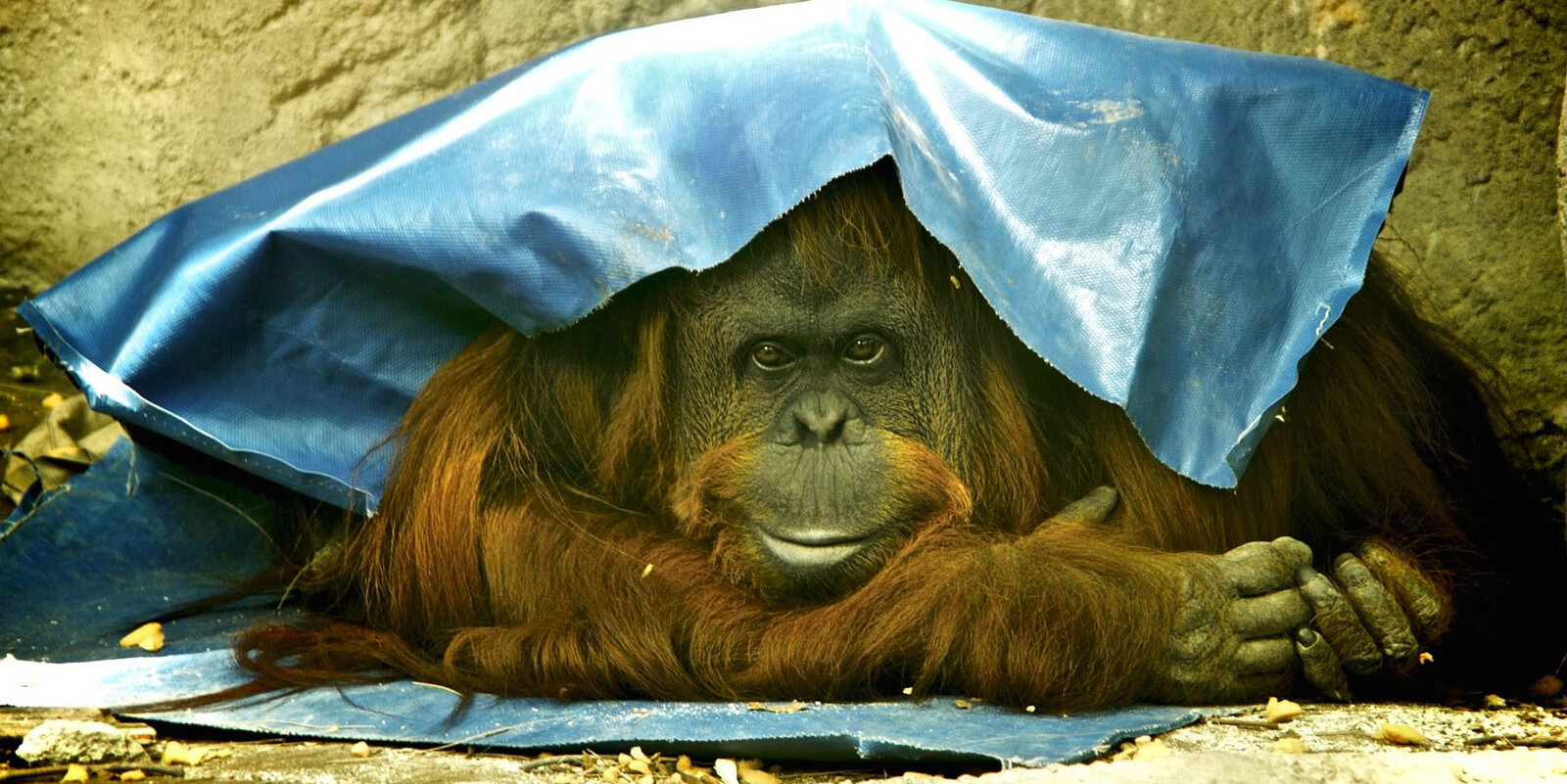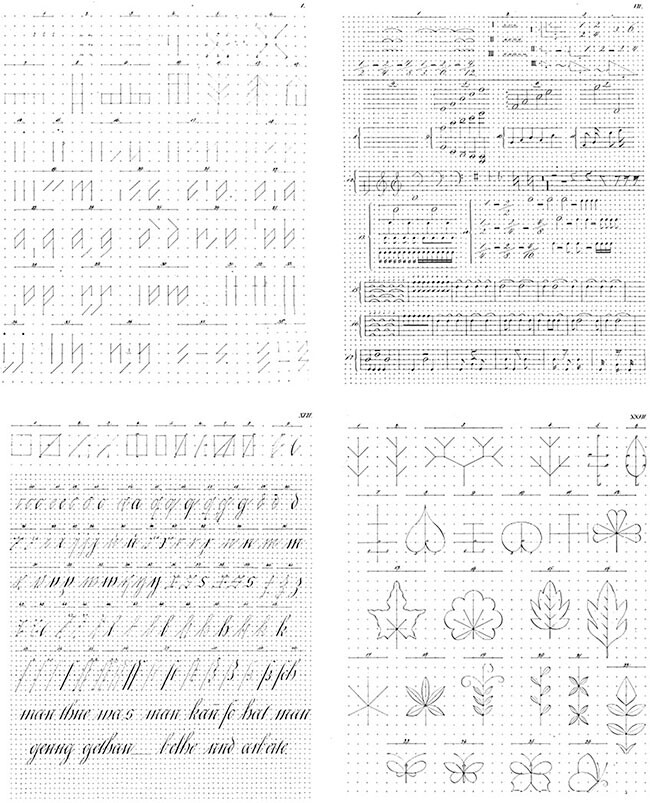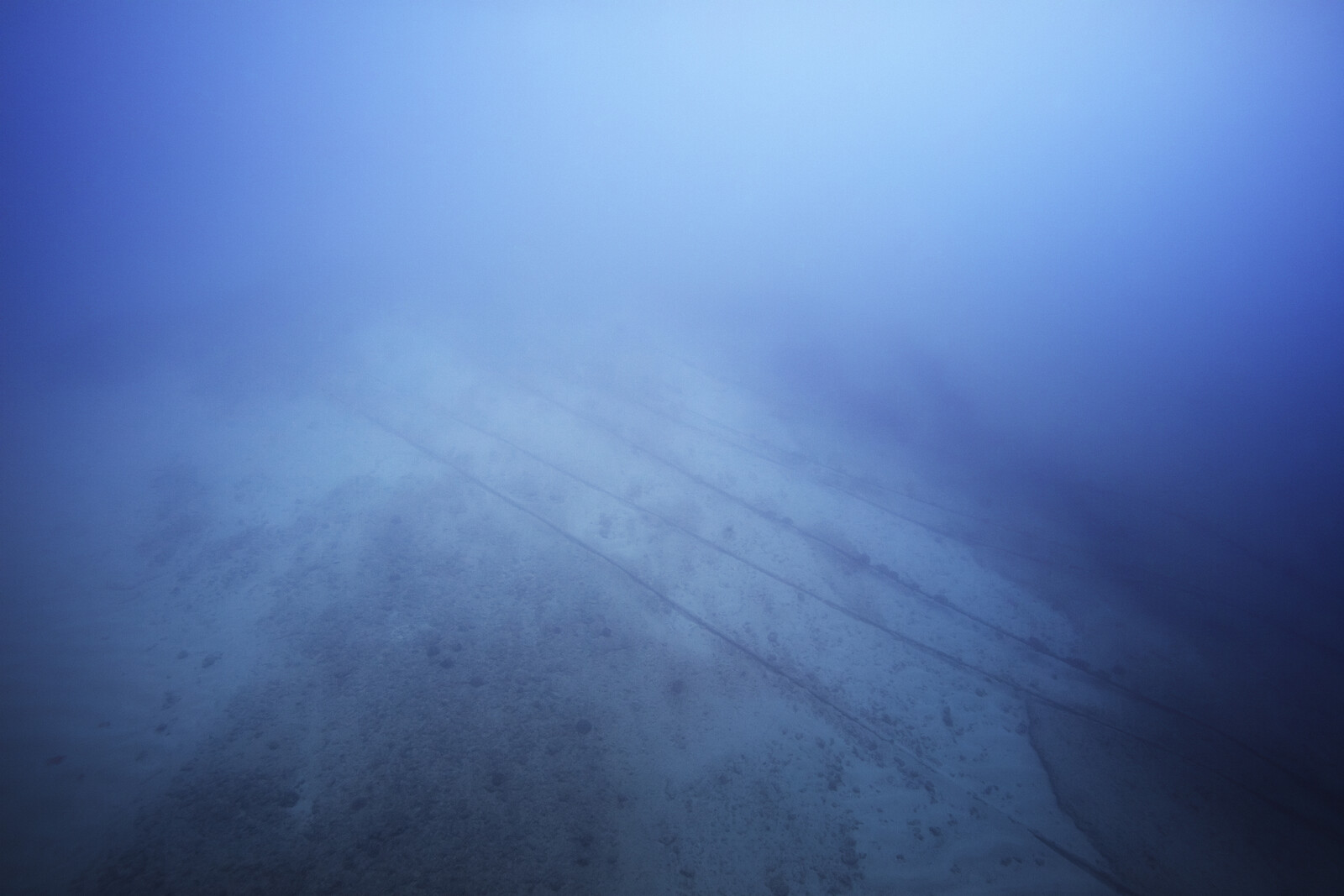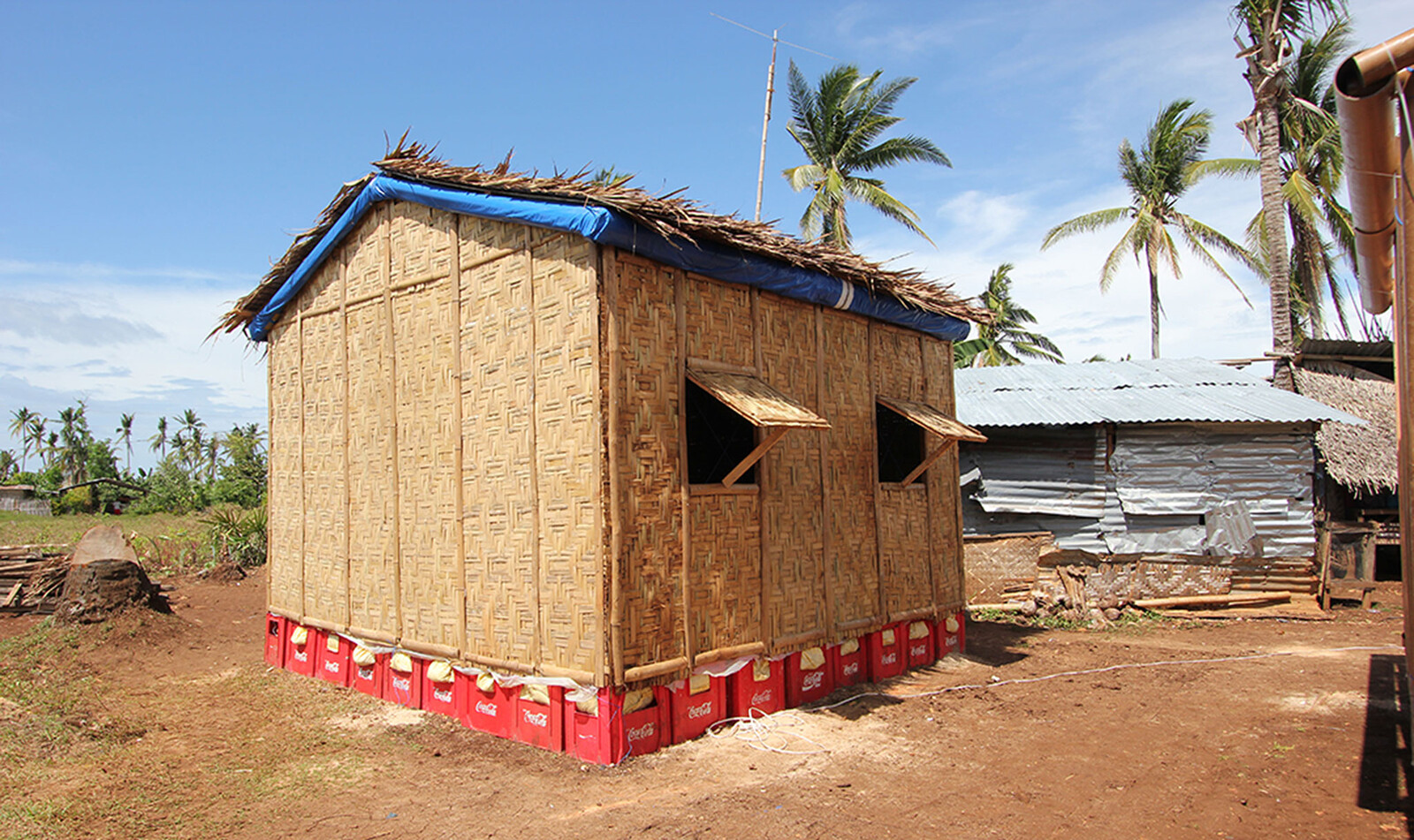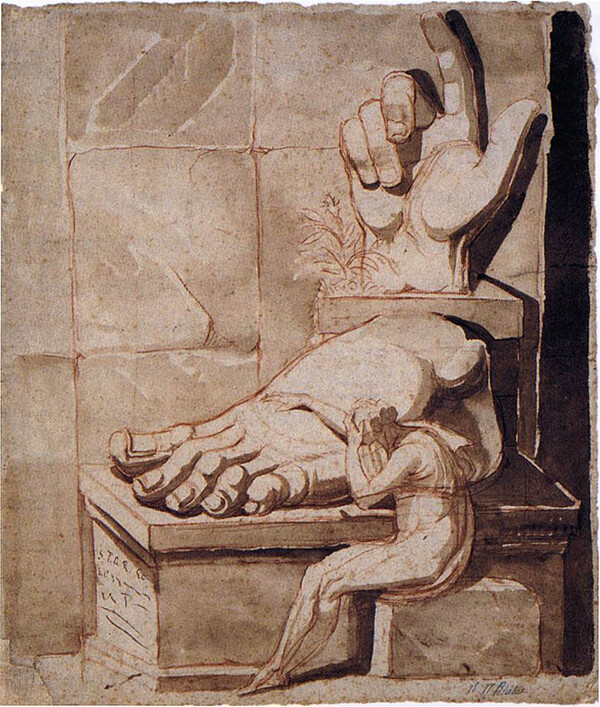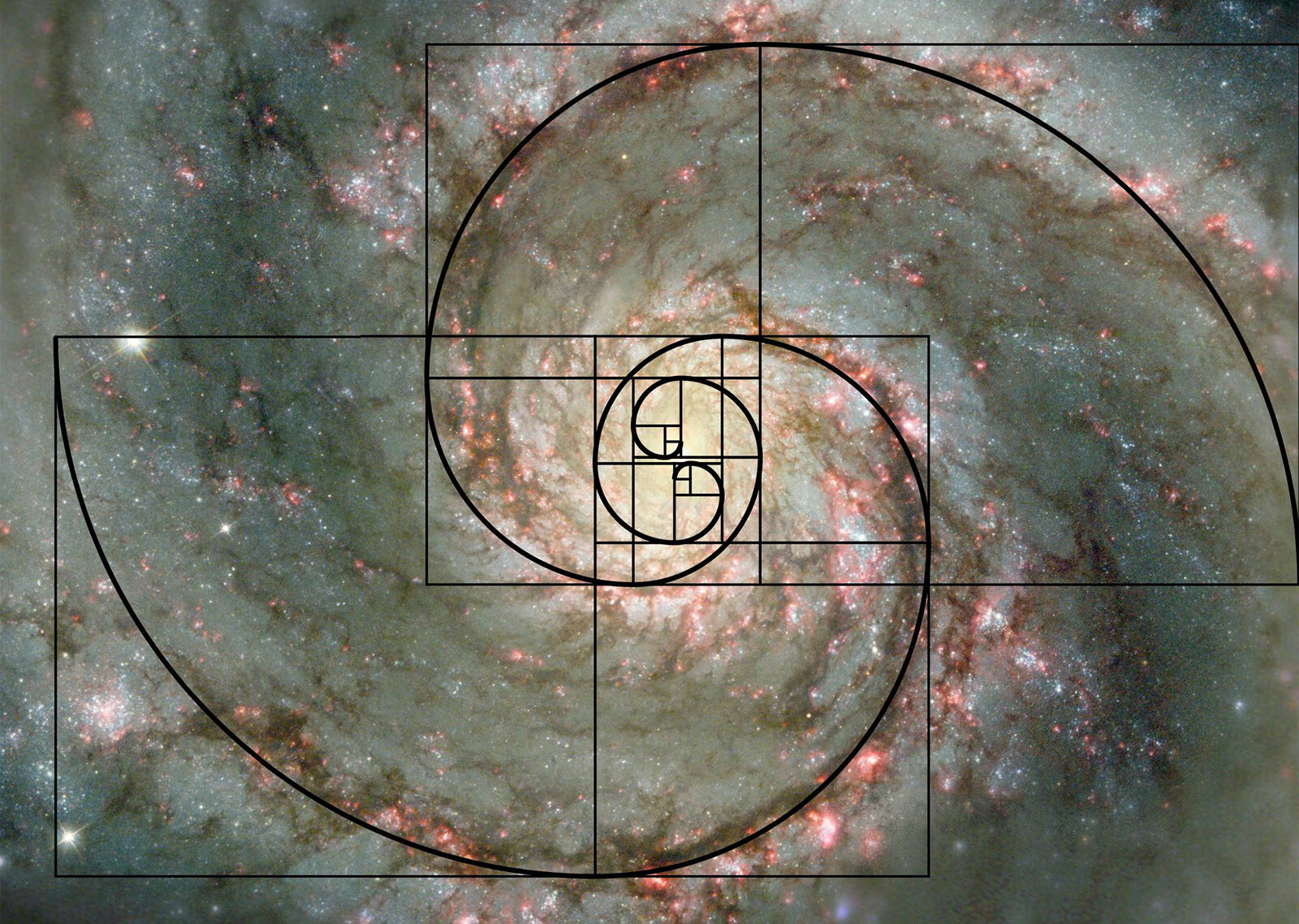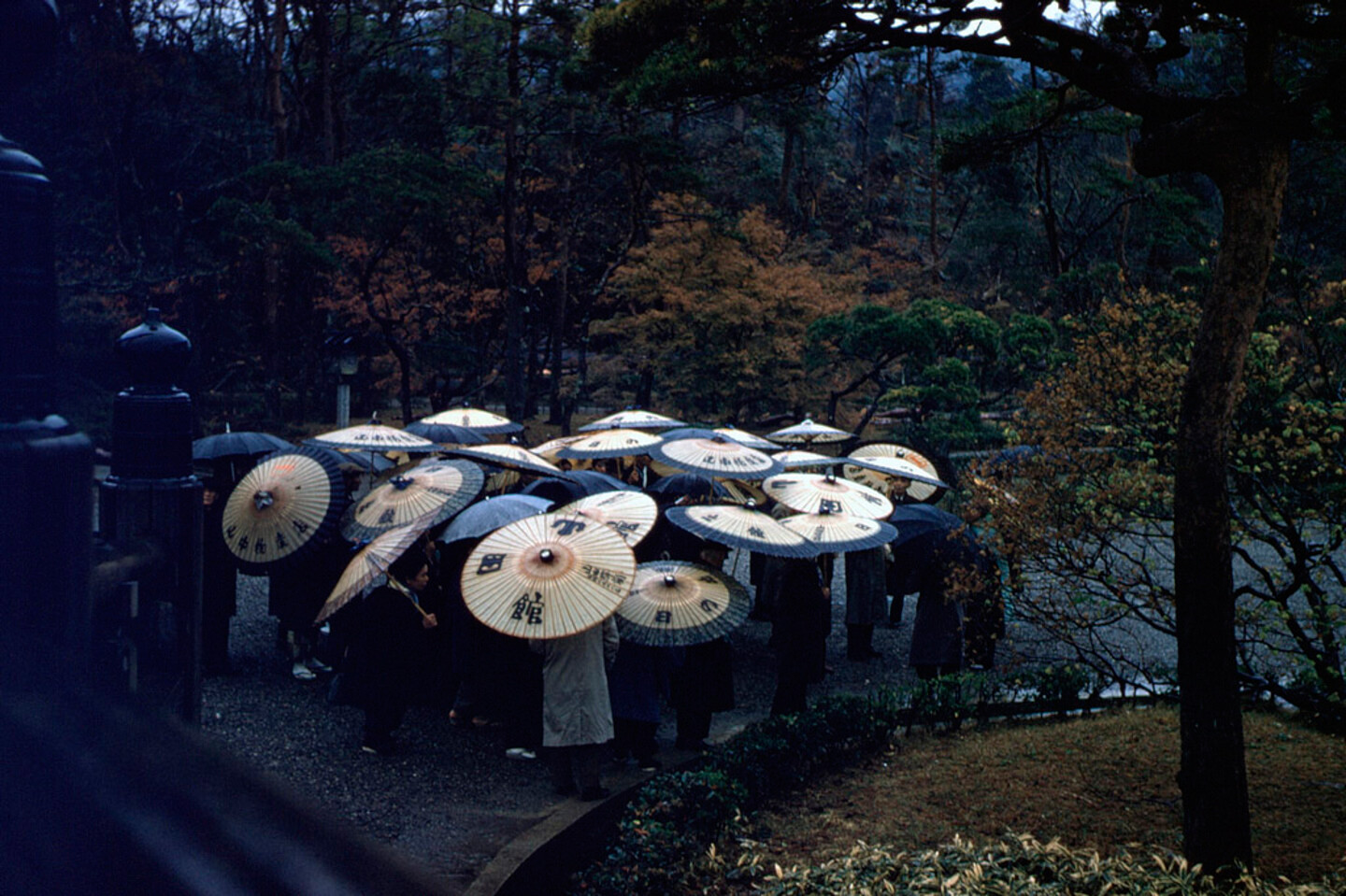Some twenty years ago, the effects of an expanding regime of design were starting to be felt in the field of contemporary art. Increasingly, designers seemed to use art contexts as platforms for non-pragmatic reflection and expression. Increasingly, design was also becoming a catalyst in so-called “social” art practices, artistic efforts to engineer or test drive new social and/or economic relations. In the work of collectives like Superflex or Atelier van Lieshout, for instance, design was an all-important feature of their manufacture of innovative objects or technical solutions, as well as the branding of the groups themselves. Concerned discussions about the aestheticization of anything and everything abounded: design should, apparently, know its place. But this new design ubiquity might have actually been grounded less in a political appeal to the senses over reason than on rapidly expanding processes of informatization and a growing preoccupation with their social and economic effects. A wider concept of design thus established itself: defined as “the conception and planning of the artificial,” design reflected the fact that, with computation, it was no longer the final outcome of a process, but an interdisciplinary activity embedded in all aspects of production. This was ”design thinking,” a systematic approach to a plastic environment that more than ever seemed subject to human construction and control.1
Yet this was perhaps not all there was to design thinking. Some twenty years ago, a more subterranean art-and-design discourse also emerged, one that was perhaps harder to appreciate due to the curiously indirect way in which it seemed to associate design with the operations of new media. In 1995 Philippe Parreno had just completed a project called Snow Dancing that was supposedly a film, although without camera, editing or projection in any ordinary sense. To most of the people who knew about it at the time, Snow Dancing was mainly a social event; an open party at Le Consortium in Dijon, immediately followed by an exhibition of the rooms in which the party had taken place and a number of objects or spatial arrangements that had played some part in the staging of the evening.
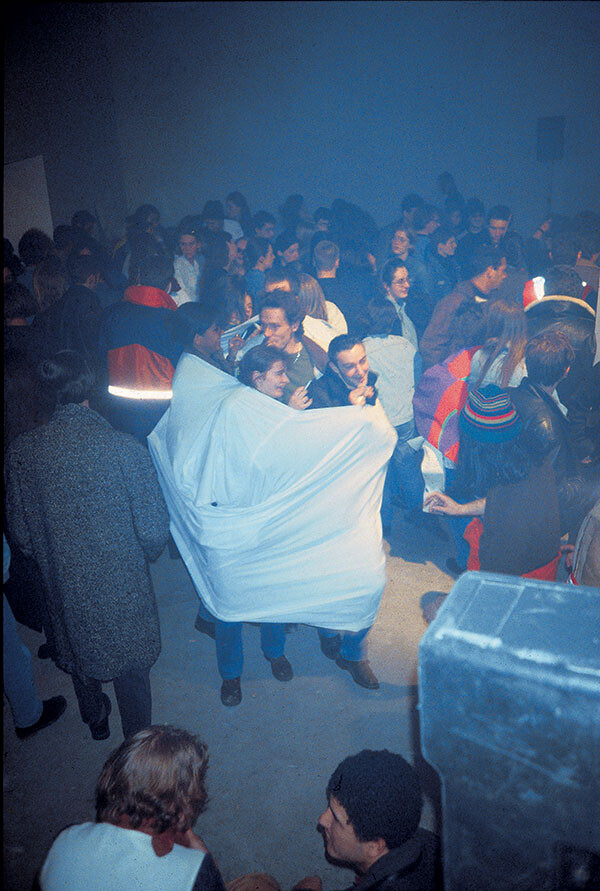

Phillipe Parreno, Snow Dancing, 1995. Part book, part exhibition, and public event Snow Dancing is here seen in the party that made up part of the public event.
If the question of design could be said to have been at the center of this project, it was only in the sense of something at once ubiquitous and discreet. This was not a project invested in producing the design for this or that, nor could the situations and behaviors it contained be said to have been ”designed” in the strong sense of the word. Design issues were above all present in a text that served as the point of departure for the cinematographic logic that informed the work. Recounted by Parreno to Jack Wendler and Liam Gillick who wrote it down, the text is a loosely scripted scenario providing the outline of a situation or sequence of events to be produced: notably, the party and subsequent exhibition at Le Consortium.2 As scenarios go, it is a peculiar examplar. Neglecting the scene-by-scene action that defines the genre, the text conjures up something more atmospheric and static, in between environment and situation. Essentially an extended stage direction, it describes in great detail a world where the design of the social environment and related questions of self-styling play a major role. But these details are not simply descriptive: they could also be seen to indicate a particular type of activity or action. To insist that this never-filmed, never-projected, design-obsessed text, social event and exhibition is still a ”film” is to associate design itself with a certain machinic or mediatic logic. It is to imply that design is interchangeable with the production, manipulation and distribution of time materials characteristic of a post-industrial media age and its intensified exploitation of the temporalities at work in cognitive and affective processes. If design is at once ubiquitous and “cinematographic” in this scenario, it is because it consistently highlights complex temporalities of shape-shifting; the breaks and shifts of genetic processes that are not rooted in any clearly established point of origin, agency or plan.
At the outset, the scenario mainly seems to focus on the question of setting and location, the type of place in which film action may unfold. A fictional, yet familiar genre of building or building complex is conjured, one that seems to embody, in dreamily condensed form, the key traits of urban gentrification. It is a place whose original function is obscured, but retains a vague aura of past significance. It may have been a school, a hospital, or a site of industrial production, but exactly what type of industry is unclear. The important thing is that the place bears the visible traces of a long series of recent appropriations, mainly for the purposes of alternative cultures and the more-or-less ephemeral programs of beneficial rehabilitation to which spaces like these are typically subjected. The text is quite specific on the score; concerts and other cultural events routinely take place here. It is also an officially sanctioned place for demonstrations, union meetings and other forms of political activity. And when not otherwise occupied, the place is subjected to more random forms of appropriation: parking, skating, etc. What is important in this context is the fact that such alternative cultures are implicitly centered on issues of style and design, not only as to demarcate a distance to “official” culture, but also to give visible expression to a shared belief in different, if not always too specific, futures. Design, here, is about projection and imagination rather than problem solving—a constant activation of time materials, splicing together future, present and past. The scenario places great emphasis on the way in which the paraphernalia of such imagined futures, many of them incomprehensible in their current state of neglect or disarray, litter the floors and walls of the large rooms. Having survived repeated cycles of use and reuse, they end up as mutant objects, like colorful christmas ball ornaments repurposed as door knobs.
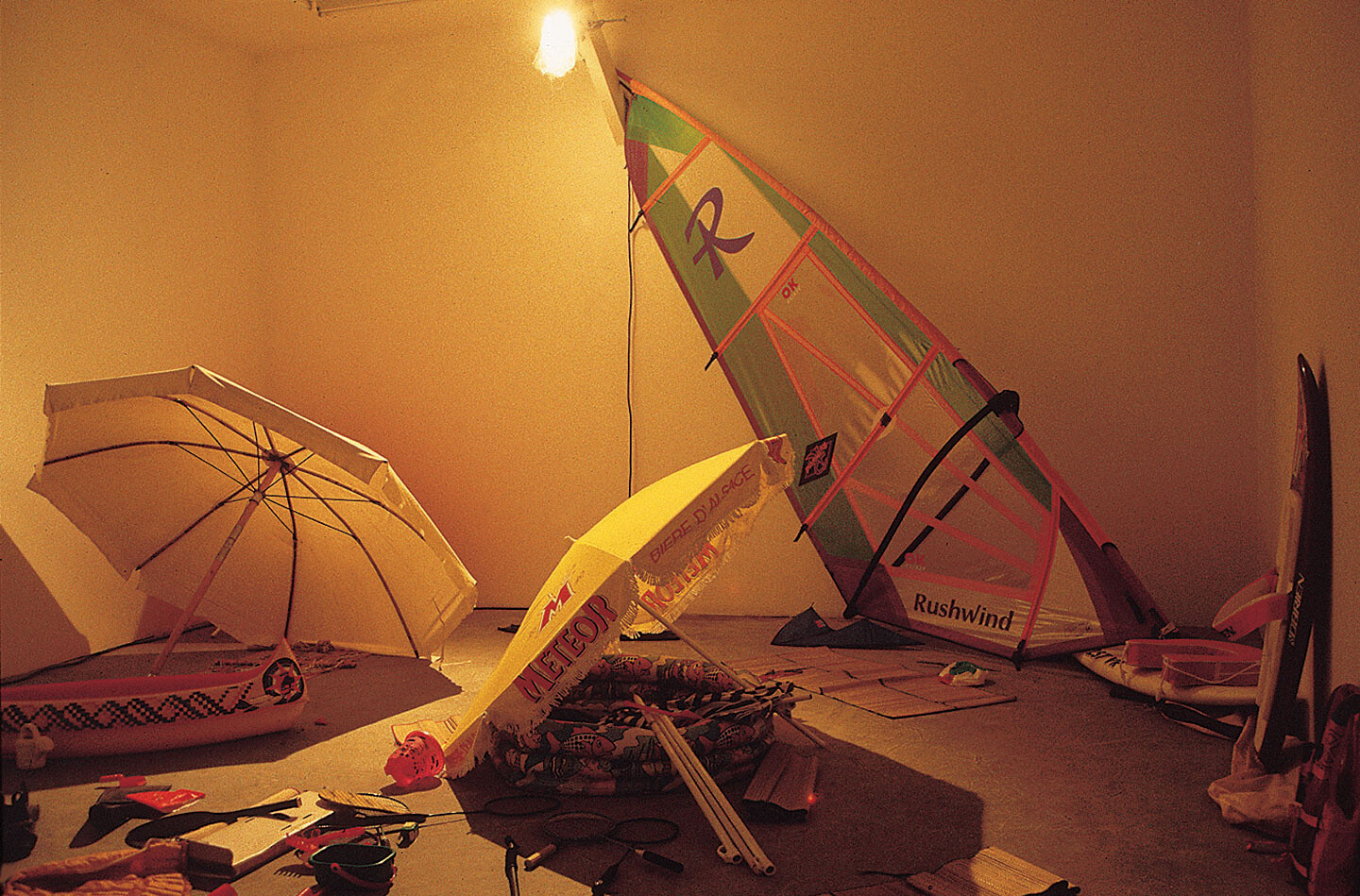

Phillipe Parreno, Snow Dancing, 1995. Part book, public event and part exhibition, Snow Dancing is here seen in the installation details from Le Consortium, Dijon.
In reading the scenario, it gradually becomes clear that the setting being described is not just a framework for action, but represents a form of action in its own right: media action; cinematographic (or televisual) processes in the widest sense of the term. Only media references, it seems, can fully do justice to this particular type of space. The rooms are described as having been painted in a now-dirtied off-white and illuminated in a way that recalls the even, shadowless distribution of light in sitcom productions, where everydayness reigns and equal attention is given to a host of characters. The changing weather patterns—the snow and rain that can be seen and heard through the open doors—are very explicitly ”special effects” and experienced as such. And the traces of spatial appropriations—all equally visible in the bright and even light—are compared to the vast range of sketchy image elements that make up a cartoon; isolated, frozen fragments on their own, they become a shape-shifting lifeform the moment they are filmed in the correct succession.
In short, the building seems to have the dynamic and responsive fluidity that characterizes today’s information-driven architectures, and the people who will inhabit it for the party—according to the scenario, a promotional event for some unnamed purpose or product—are a piece of this general design velocity.3 Party-goers are described in terms of stylistic mobilities and mutations rather than character, action and dialogue; they are said to carry enormous slogan T-shirts, as if an extension of the graffiti on the walls and the torn posters on the floors, or padded jackets whose filling material has been exposed so as make their bodies appear like amorphous blurs. They favor the ”mullet” hairstyle that signals a consciousness of working class identities, but visit shops that offer rapid makeovers in the name of a variety of commercial sponsors. They talk about the special effect weathers, smoke for show and are generally obsessed with self-styling and style judgments. They are wildly different, yet very much alike; a heterogeneous crowd-subject. Under their influence, the building also takes on an increasingly person-like complexity and subjectivity. New rooms mysteriously appear in the middle of existing spaces with a matryoshka doll-like effect. Hence the building is also described in psychological terms as suffering from multiple-personality disorders. Aligned with a media apparatus vested in the production and manipulation of time and events, ”design” now apparently signifies the emergence of any possible situation or function, from the environmental to the psychological.
To what extent is this particular fantasy of design ubiquity compatible with the idea that design in the digital age produces an increasingly human-centric universe? Perhaps the most remarkable feature of Snow Dancing’s scenario is the way in which its mutating, shape-shifting, living architecture appears to be an effect of non-coordinated collective action rather than any one, conscious, central agent. The setting it outlines is at once the medium and the effect of the passing passions of a great number of different bodies, projects and organizations. In this sense, the scenario not only extrapolates the pragmatics of any cinematographic or televisual project (”auteurial” or not) to design and architecture, since any such project is the more-or-less fortuitous effect of a vast number of disparate competences, technologies and desires (sometimes held together by no more than the paragraphs of a contract that assigns body part stand-ins to certain sequences and final cut to a producer); it also underscores the way in which this living, shape-shifting space undercuts a number of commonly held ideas about design, most notably that it is the outward result of purposeful creative effort and control.
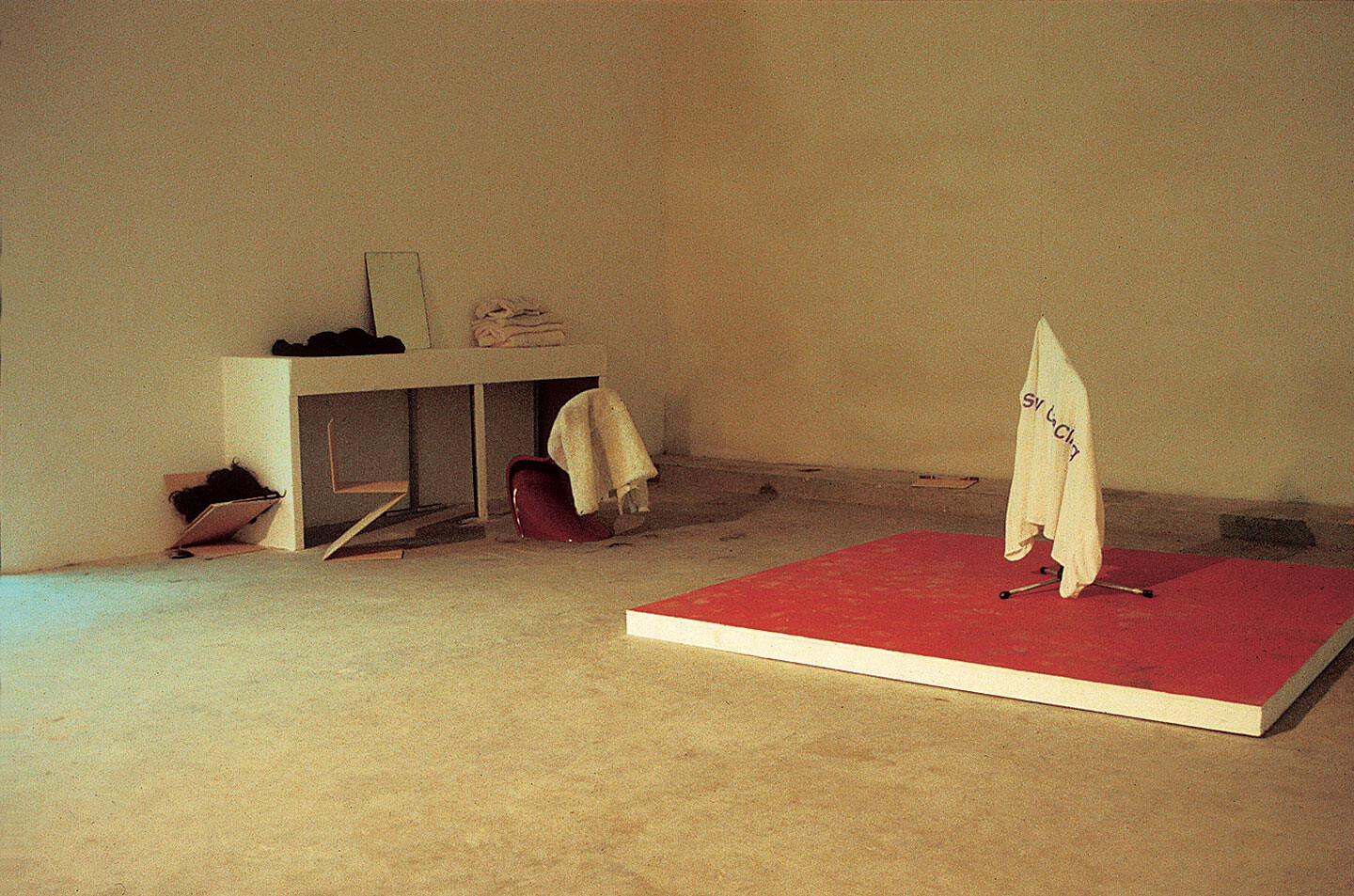

Phillipe Parreno, Snow Dancing, 1995. Part book, public event and part exhibition, Snow Dancing is here seen in the installation details from Le Consortium, Dijon.
To some extent, such control fantasies have only grown stronger with digital technologies, which make it possible to compute and hence to build any possible form. In Contagious Architecture, Luciana Parisi describes how informatization has produced a mode of design that fully relies on computation to produce new architectural forms and surfaces: by drawing on biological notions of morphogenesis and the capacity of forms to change over time, algorithms are the generative components in a new architectural form-finding and pattern-making techniques. This is, apparently, design at its most ambitious and pervasive. Yet, there are limits to this concept of generative control. As Parisi shows, a closer look at algorithmic procedures indicates that an incompleteness in axiomatics is actually at the core of computation. Due to the entropic tendency of data to increase in size and thus become random, infinite amounts of information may not only interfere with, but also actually reprogram algorithmic procedures. The rationality of digital quantification is thus not simply challenged by random input from the outside (as described in traditional cybernetic feedback models), but produces its own internal contingencies. Digital design generates its own forms of thought and sensation, clearly distinct from human concepts of logic and aesthetics.4 Such ideas not only seem to give credence to the shape-shifting media/design dynamics intuited twenty years ago in Snow Dancing, but also seem to resonate with two themes constantly brought out in Parreno’s oeuvre: the question of self-organization and alien presences. At the most obvious, narrative, level, the building described in the scenario houses typical instances of political and cultural self-organization. But self-organization—the unpredictable effects of multiple non-coordinated agents—also informs its mediatic status as an emergent location, an event-location housing ”social events”.
The question of the relation between self-organization and design (in the broad sense of the word) is hardly new. It was, for instance, the subject of intense discussion in the early Enlightenment, where the new emphasis on rational individual agency was challenged by an interest in self-organizing systems in which unrestricted agency could be combined with deterministic outcomes. Against a “designed world” that indicate an anthropomorphic order (governed by a divine architect), notions of design and providence were even then combined with chance and inherent variation. Design theory had become, as Jonathan Sheehan and Dror Wahrman put it, complex and creative.5 A couple of hundred years later, in the context of the more restricted twentieth century design discourses that underpin almost every single word of the scenario for Snow Dancing, ”design ubiquity” has become precisely that which undermines computation-based notions of an increasingly human-controlled world. In this work, self-organization is less a political ideal to be realized than the projection of a social reality animated by an unruly composite of sentient beings. In Le Consortium, the half-empty rooms and disparate object arrangements exhibited to the public on the day after the party (some walls covered in blue denim, an empty hair-dressing station, a limp giant T-shirt) were not the dismal relics of a past event or series of events, but elements in that same projection: part of the inherently messy shaping of things to come.
David Berry, ”The Post-Archival Constellation: The Archive under the Technical Conditions of Computational Media”, in Ina Blom, Trond Lundemo and Eivind Røssaak eds., Memory in Motion. Archives, Technology and the Social (Amsterdam: Amsterdam University Press, 2016), 112-113
Philippe Parreno, ”Snow Dancing, in Speech Bubbles (Paris: Les presses du réel, 2001), 40–63. I am indebted to Jörn Schaffaf’s thourough description of all aspects of the entire Snow Dancing project in Philippe Parreno. Angewandtes Kino (Cologne: Walter König, 2010).
Lisa Blackman and Janet Harbord, “Technologies of Mediation and the Affective: A Case-study of the Mediated Environment of MediacityUK”, in Deborah Hauptmann and Warren Neidich eds., Cognitive Architecture. From Biopolitics to Noopolitics (Rotterdam: 010 Publishers, 2010), 303–321
Luciana Parisi. Contagious Architectur. Computation, Aesthetics, and Space (Cambridge: The MIT Press, 2013), ix- xviii and 1-71
Jonathan Sheehan and Dror Wahrmann, Invisible Hands. Self-Organization and the Eighteenth Century (Chicago: The University of Chicago Press, 2015).
Superhumanity is a project by e-flux Architecture at the 3rd Istanbul Design Biennial, produced in cooperation with the Istanbul Design Biennial, the National Museum of Modern and Contemporary Art, Korea, the Govett-Brewster Art Gallery, New Zealand, and the Ernst Schering Foundation.
Category
Subject
Superhumanity, a project by e-flux Architecture at the 3rd Istanbul Design Biennial, is produced in cooperation with the Istanbul Design Biennial, the National Museum of Modern and Contemporary Art, Korea, the Govett-Brewster Art Gallery, New Zealand, and the Ernst Schering Foundation.

